
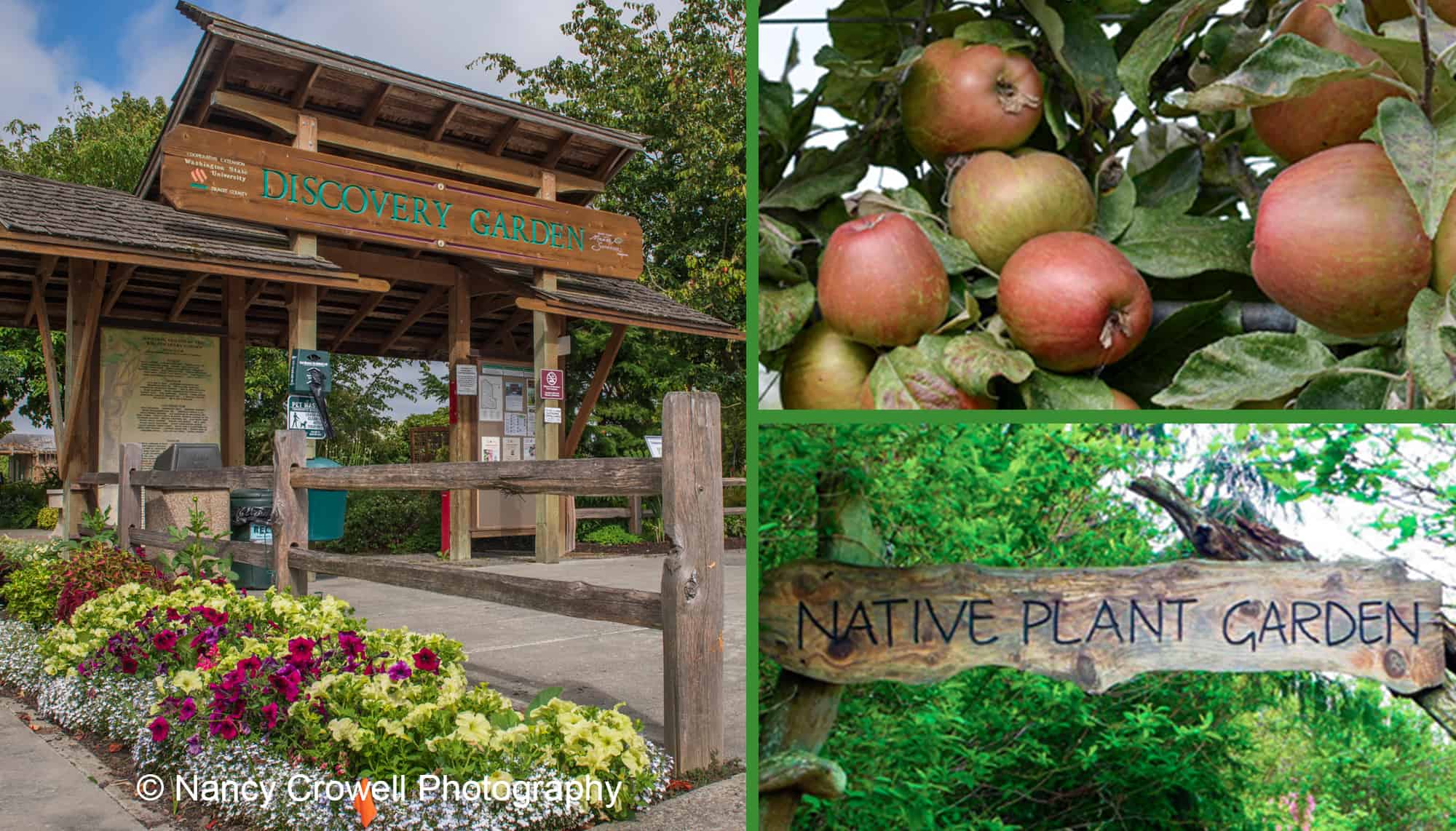
Discover the Display Gardens Open House
Join us for this year’s Open House at the Discovery Garden,
the Salal Native Plant Garden, and the NW Fruit Garden
Saturday, June 29, 2024
10:00 a.m. ~ 2:00 p.m.
Free Admission & Parking
Visit 8 acres of gardens at one location in Skagit Valley
Subscribe to the Blog > By Kay Torrance and Janine Wentworth
Skagit County WSU Extension Master Gardeners
Explore all three gardens and talk to the volunteers who maintain the gardens. Use your ‘Discovery Passport’ and map to lead you on a self-guided tour of educational displays and activities including:
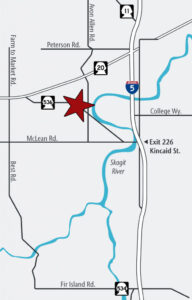
- Container Gardening
- Growing Media for Container Gardening
- Drip Irrigation
- Plant Clinic
- Plant Sale
Also booths by:
- Skagit County Noxious Weeds
- Skagit County Natural Resources
- Skagit Conservation District
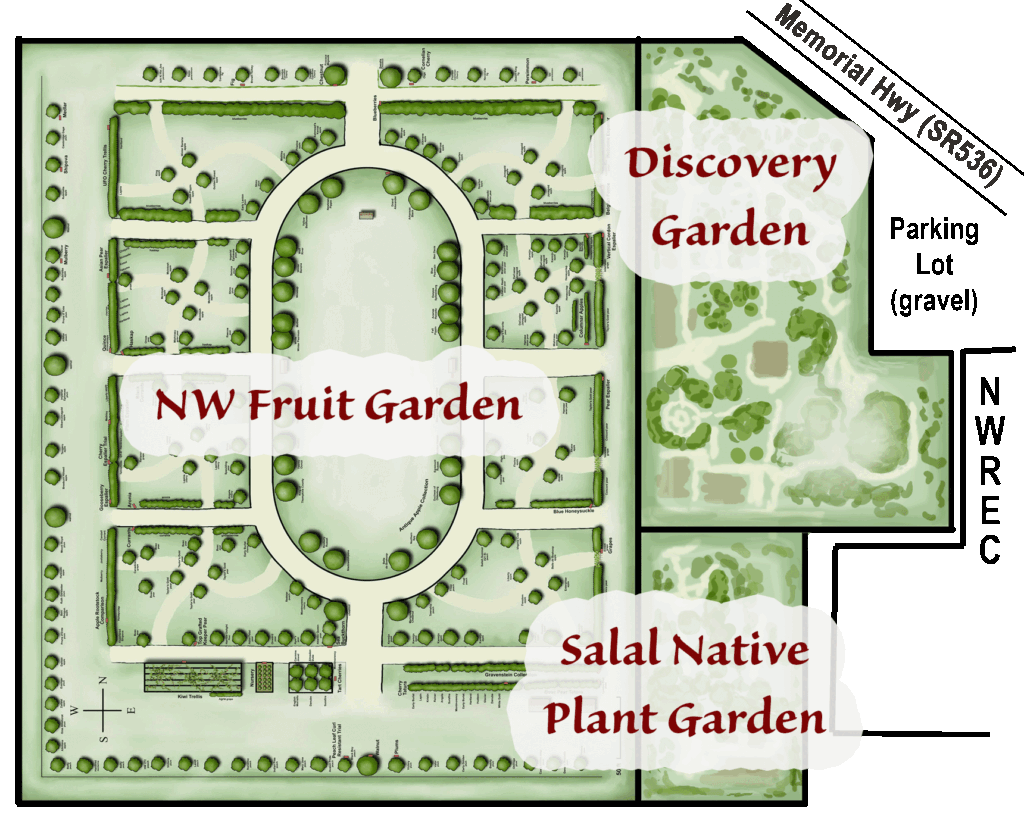 The Skagit Valley is home to three display gardens operated by volunteers as a learning resource for the public: the WSU Extension Master Gardener Discovery Garden, the Salal Native Plant Garden, and the NW Fruit Garden. The gardens are co-located on the grounds of Washington State University (WSU) Northwestern Washington Research and Extension Center (NWREC) in Mount Vernon, WA (directions).
The Skagit Valley is home to three display gardens operated by volunteers as a learning resource for the public: the WSU Extension Master Gardener Discovery Garden, the Salal Native Plant Garden, and the NW Fruit Garden. The gardens are co-located on the grounds of Washington State University (WSU) Northwestern Washington Research and Extension Center (NWREC) in Mount Vernon, WA (directions).
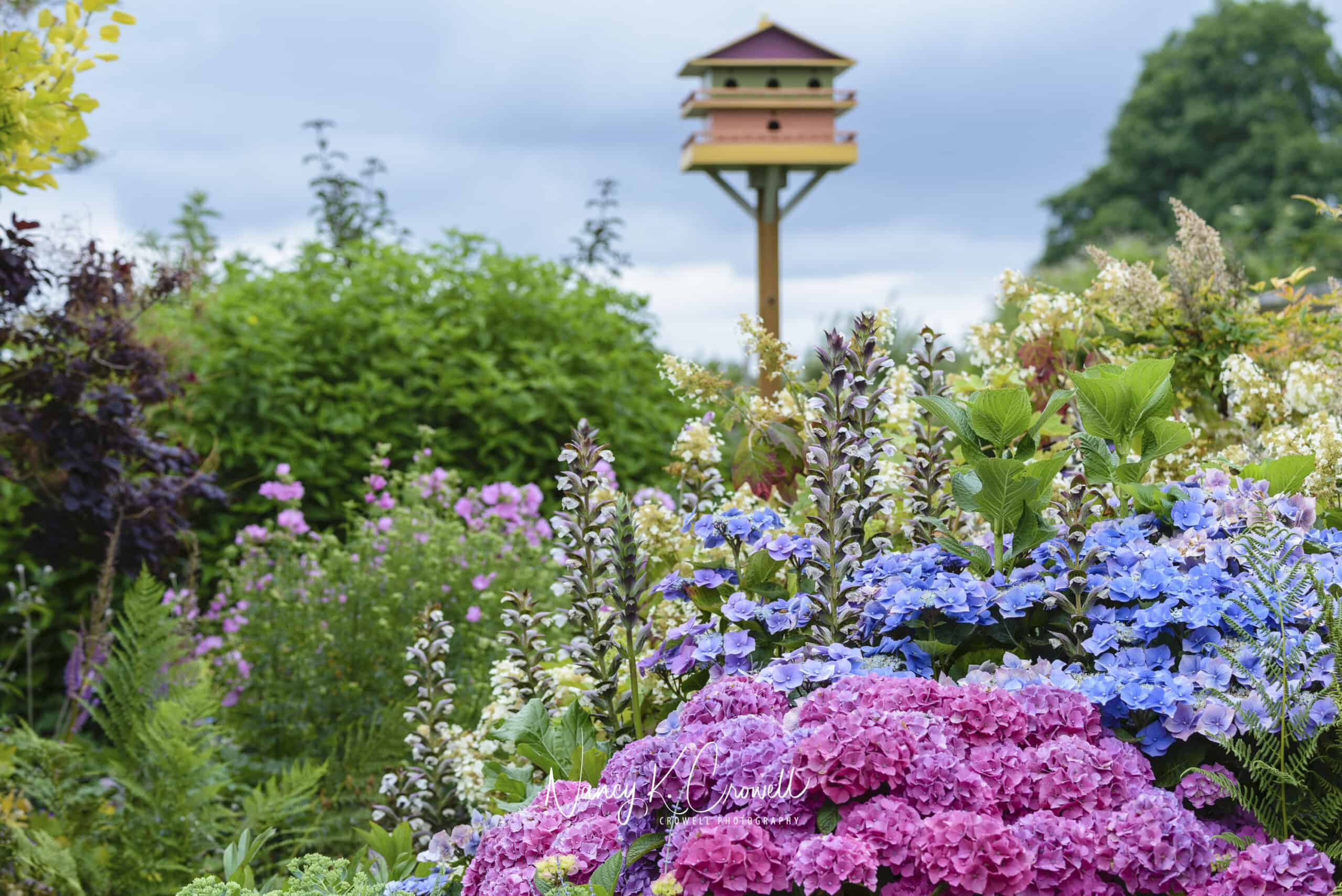
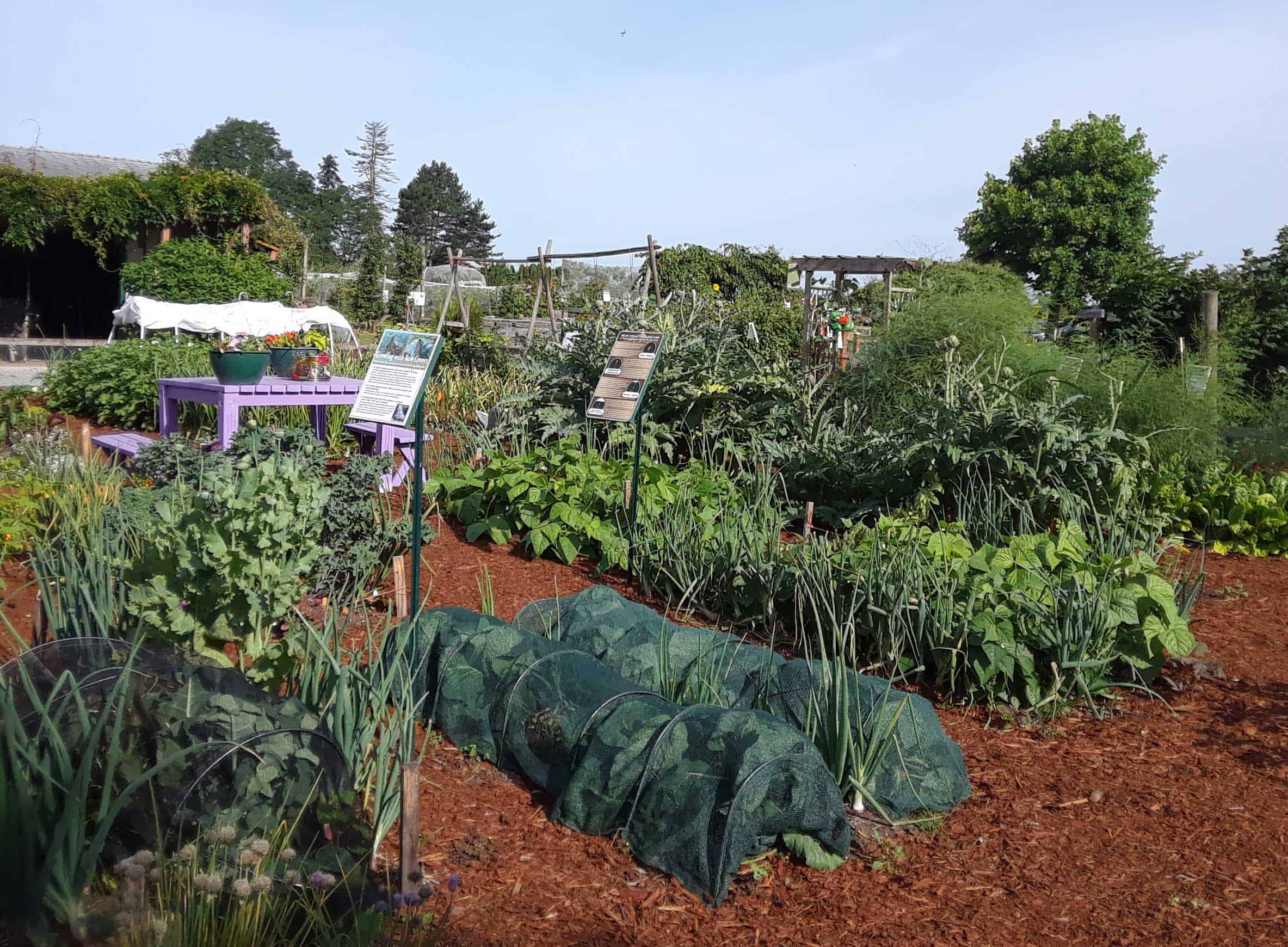
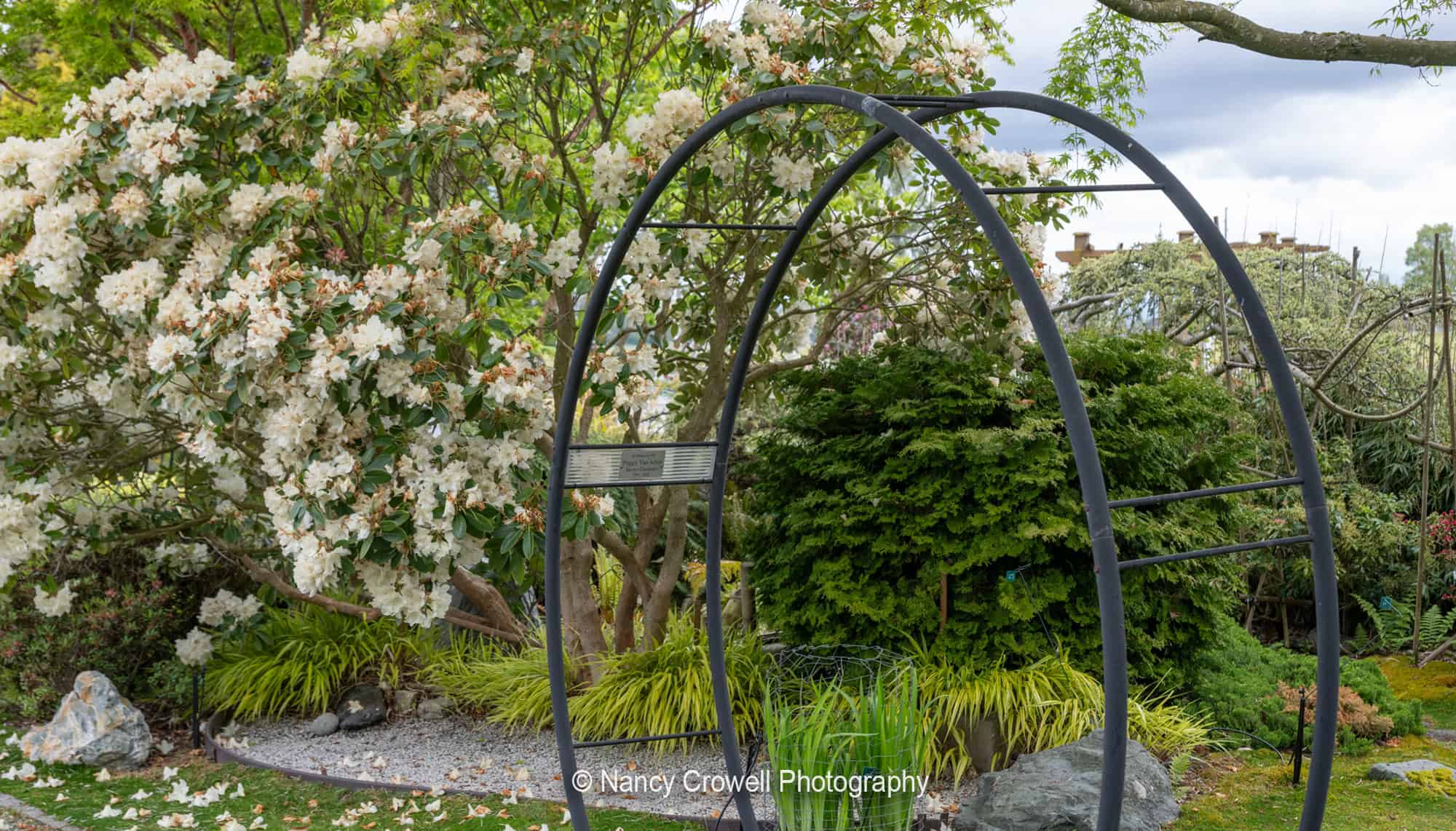
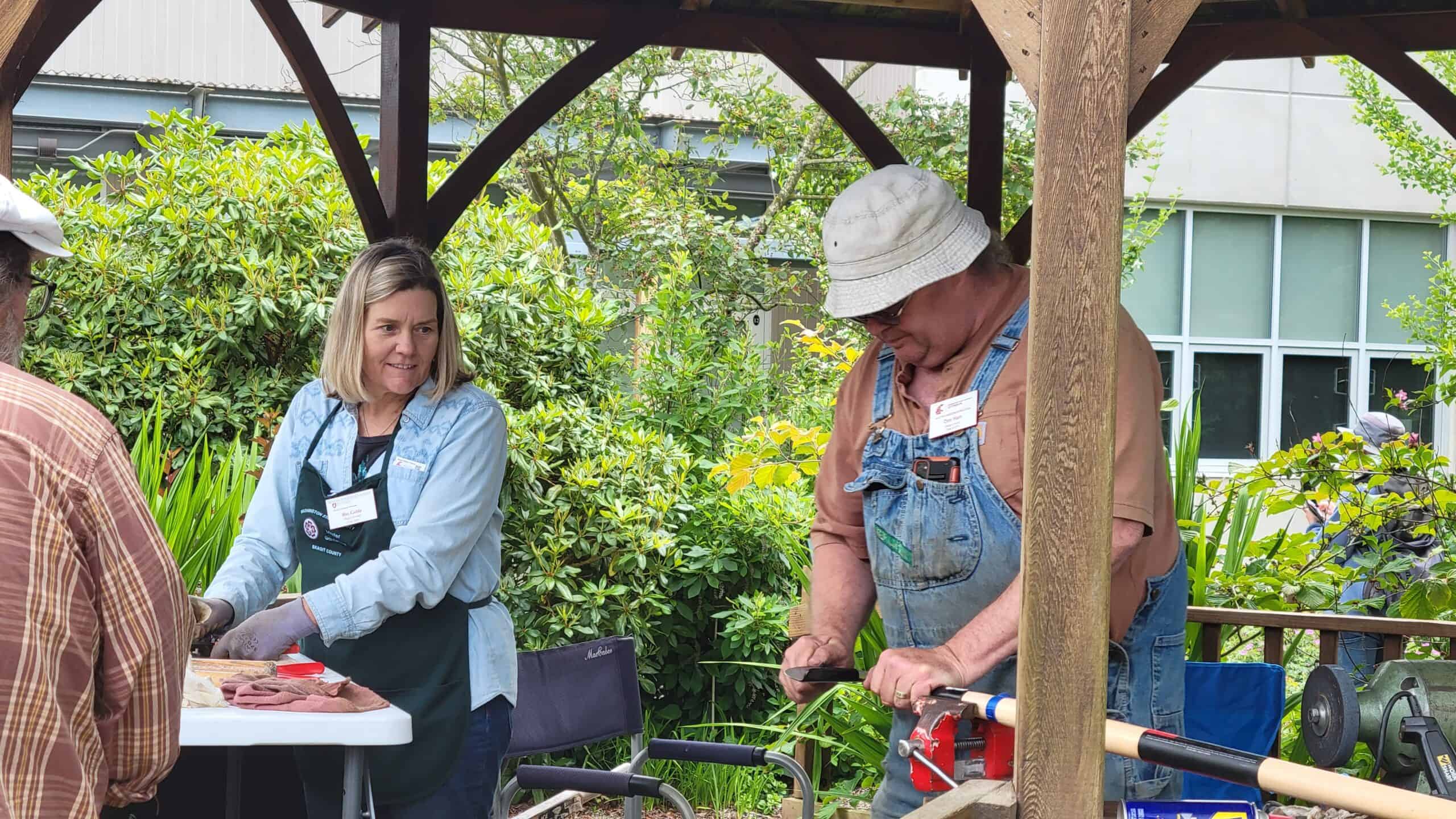
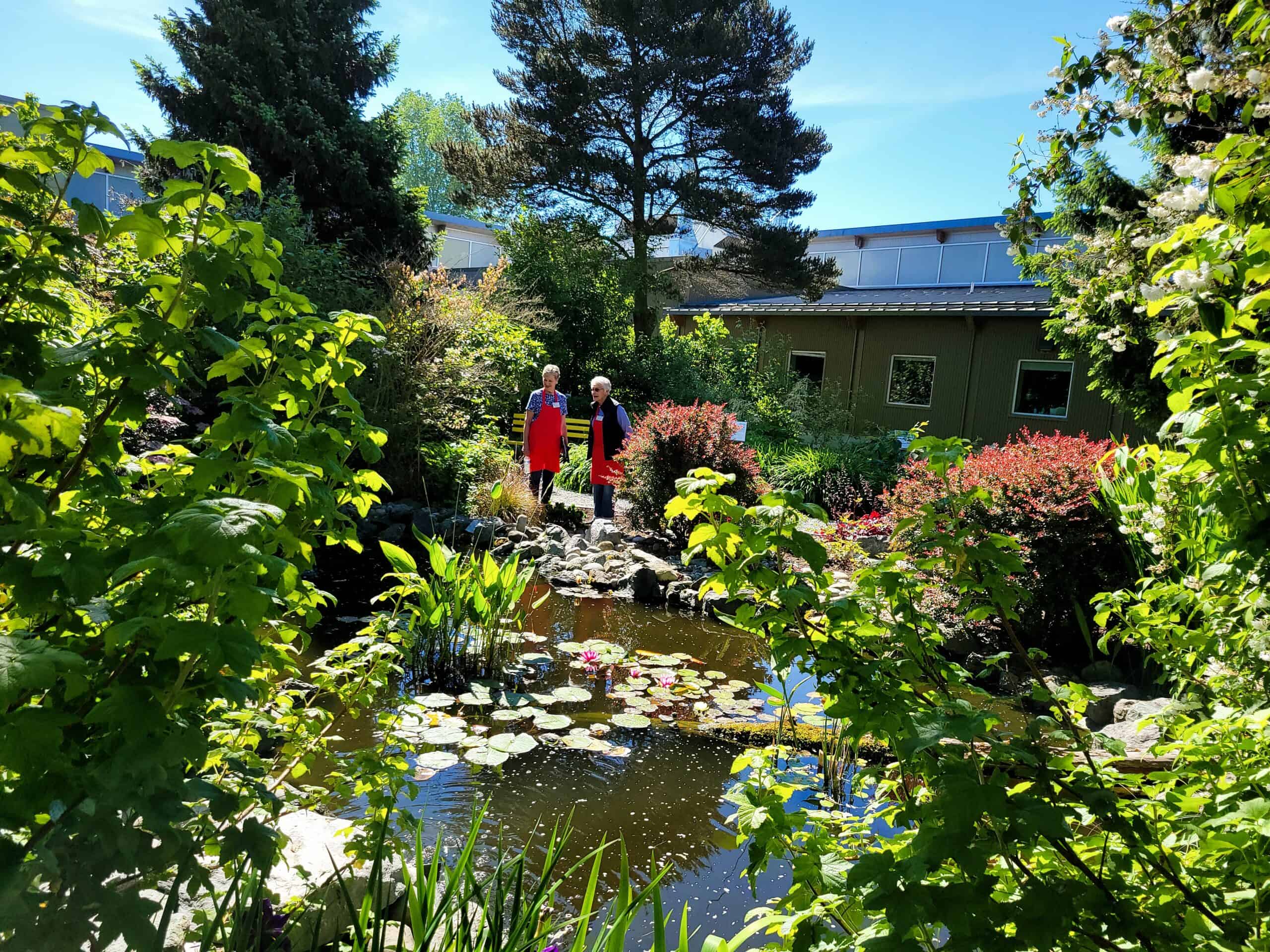
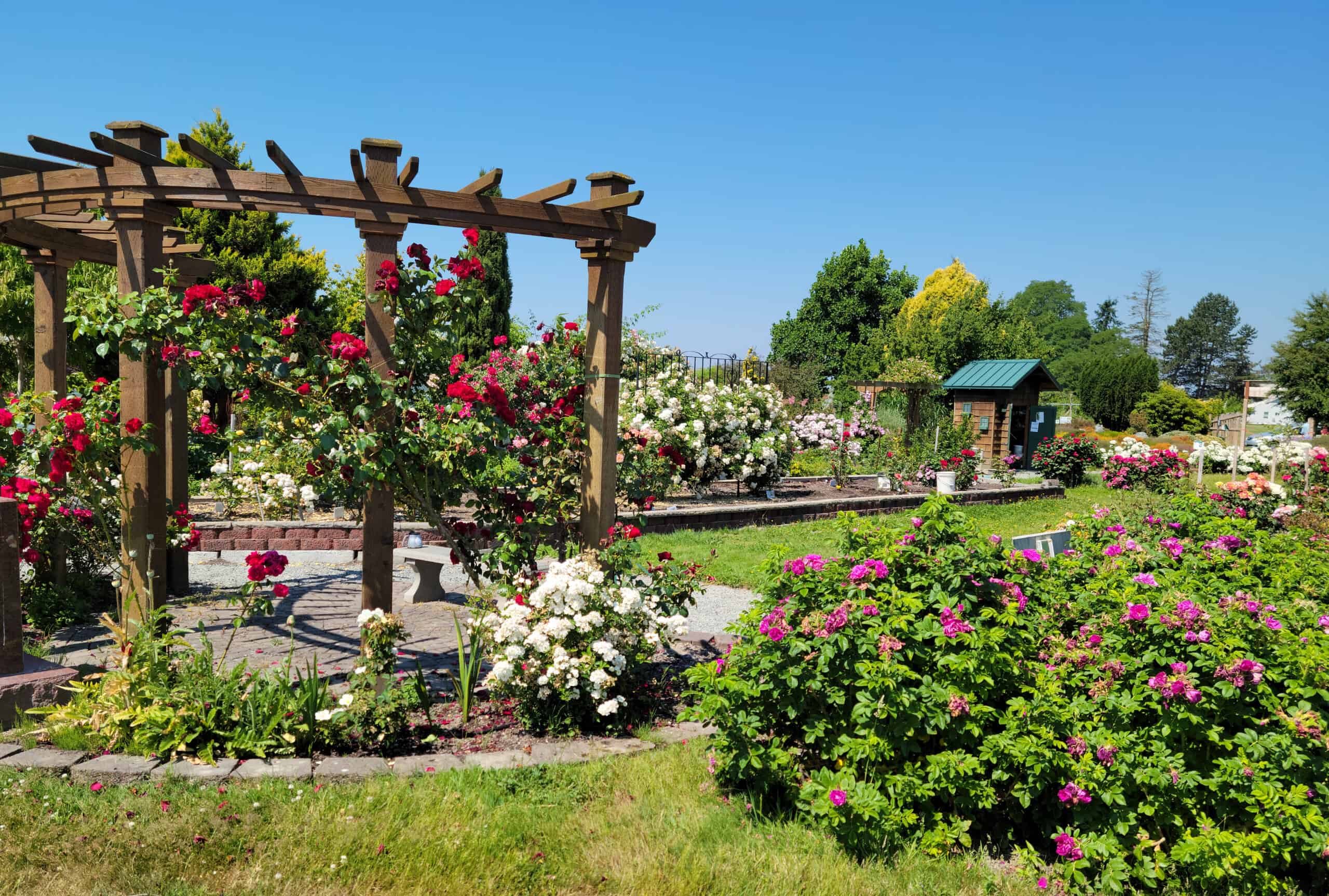
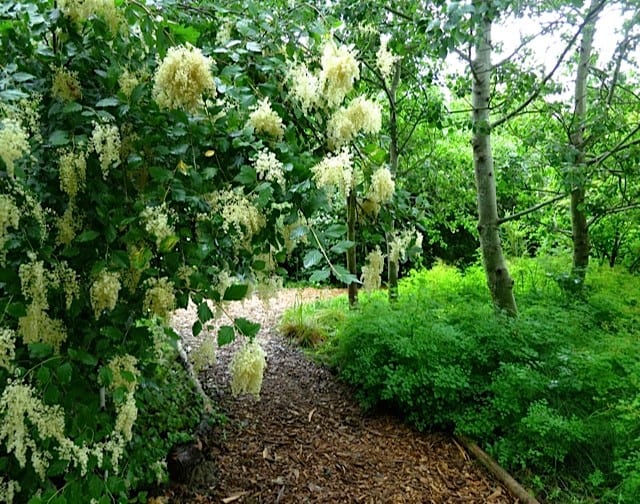
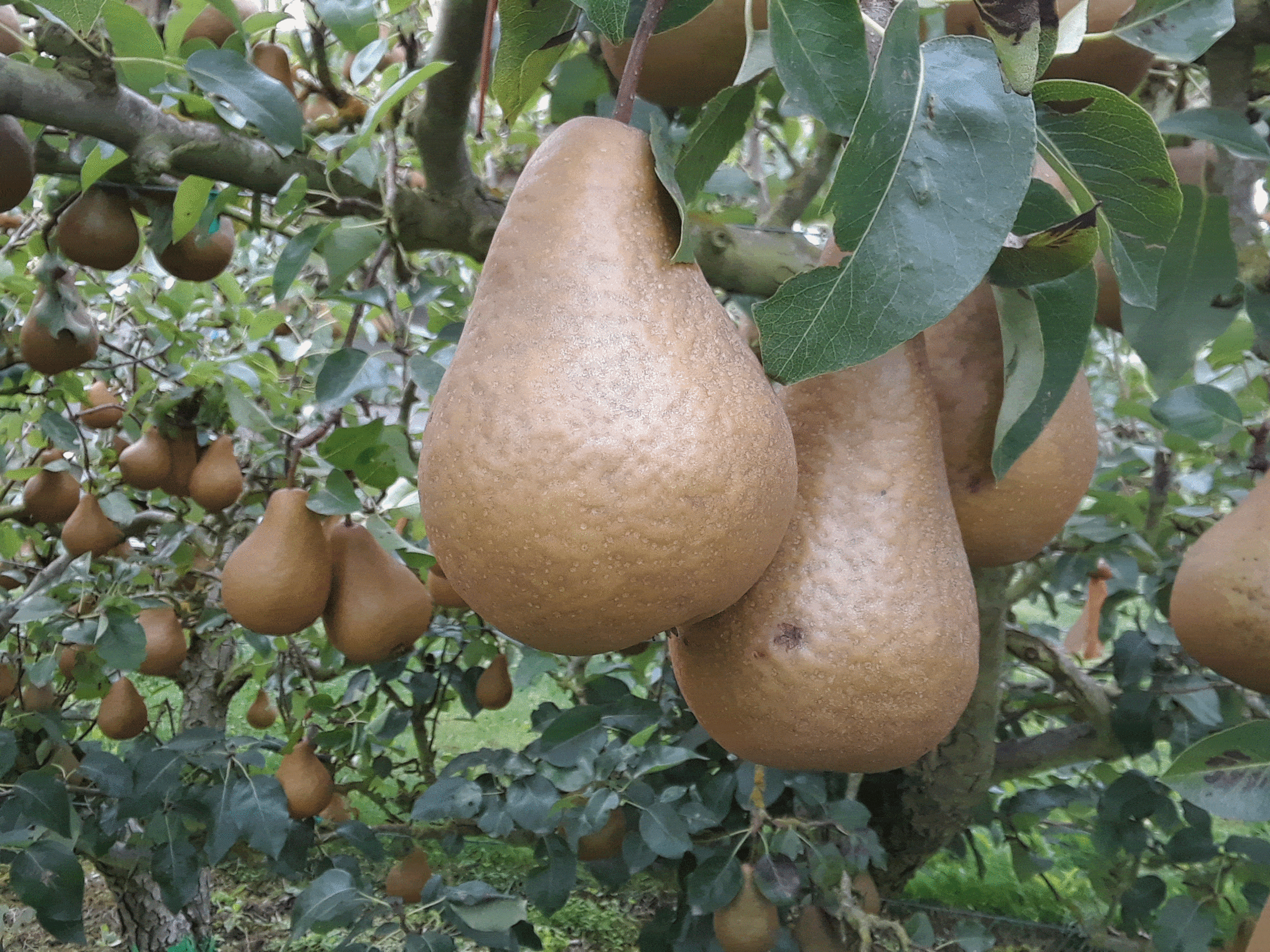
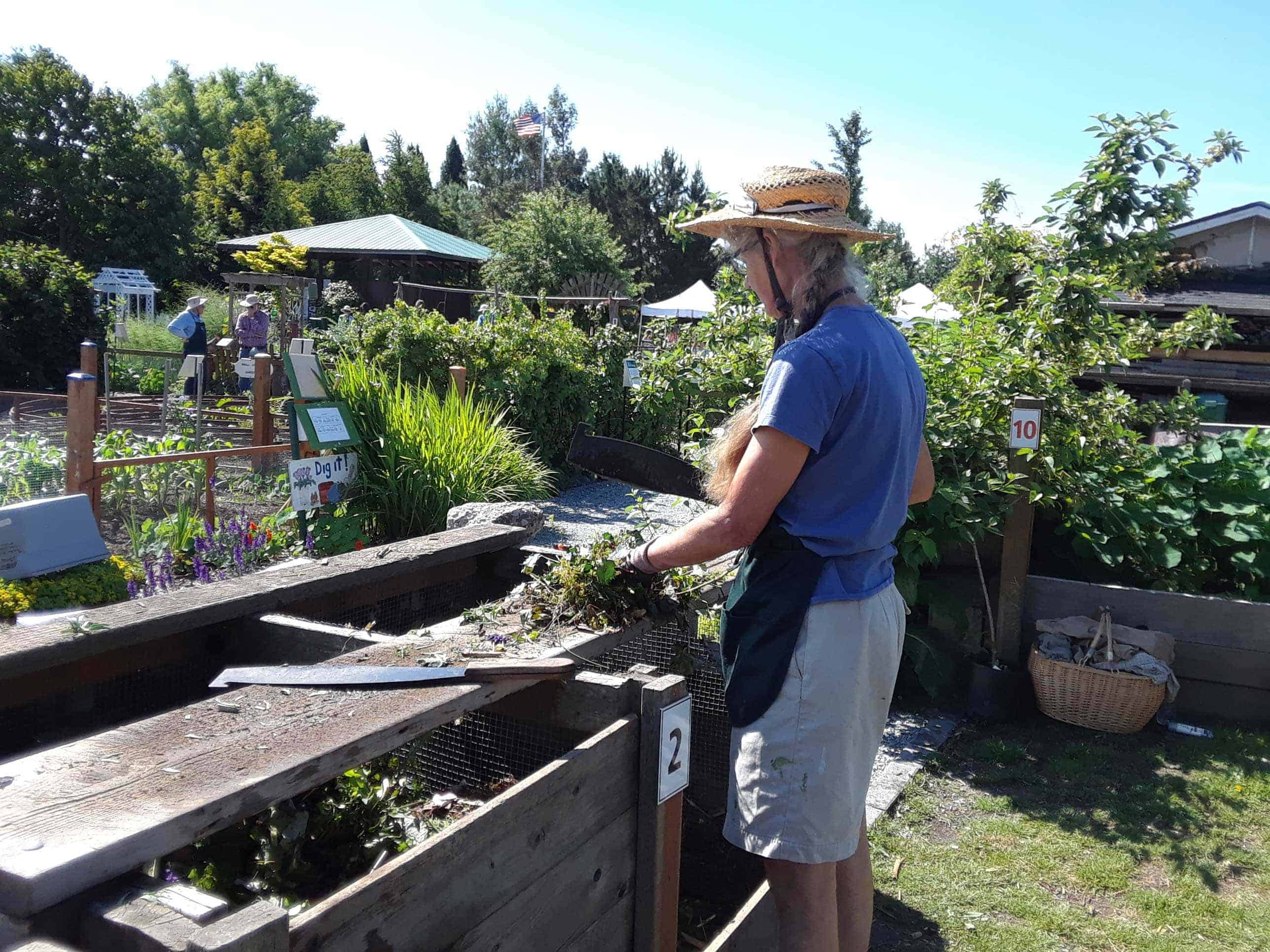
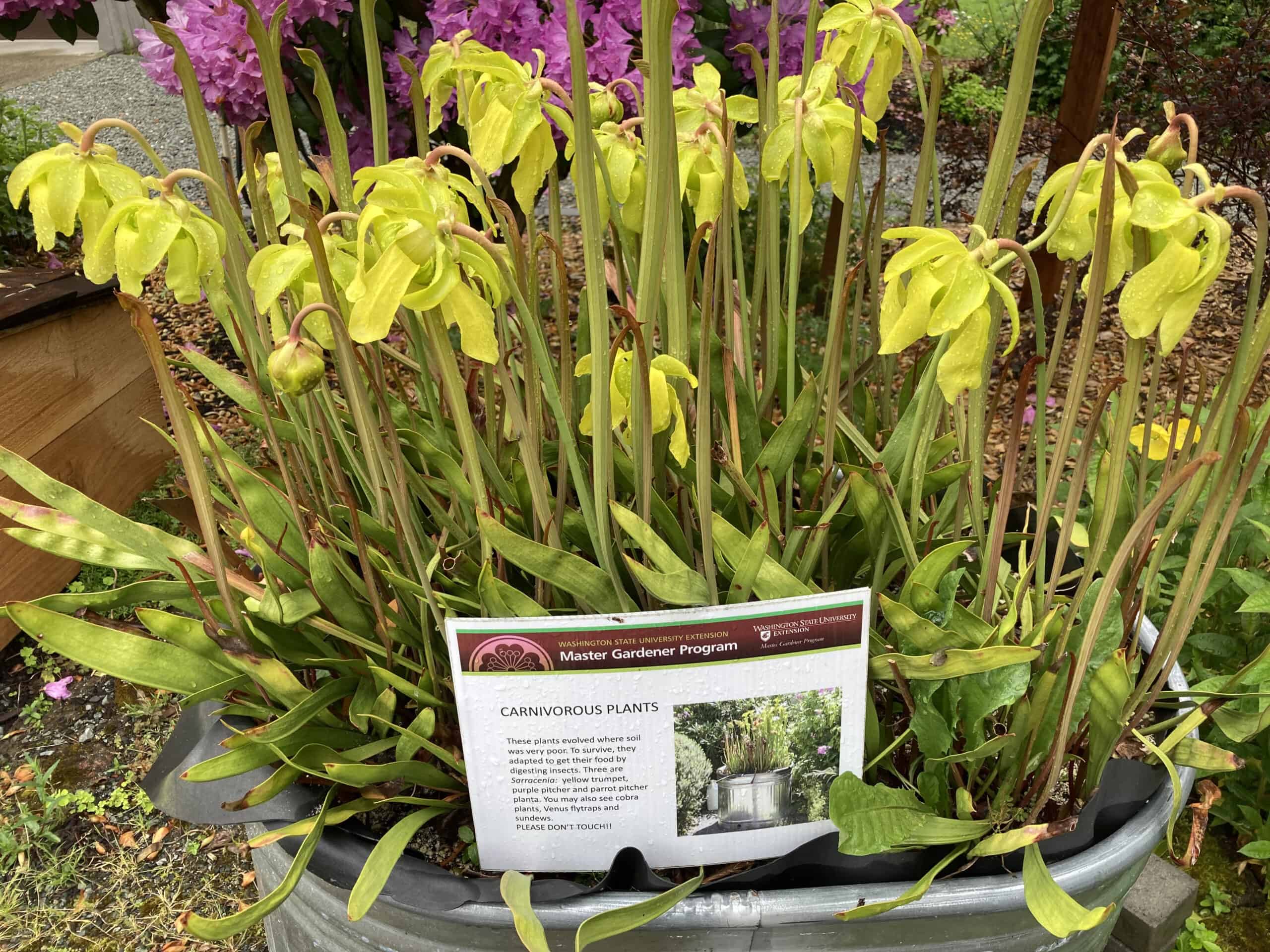
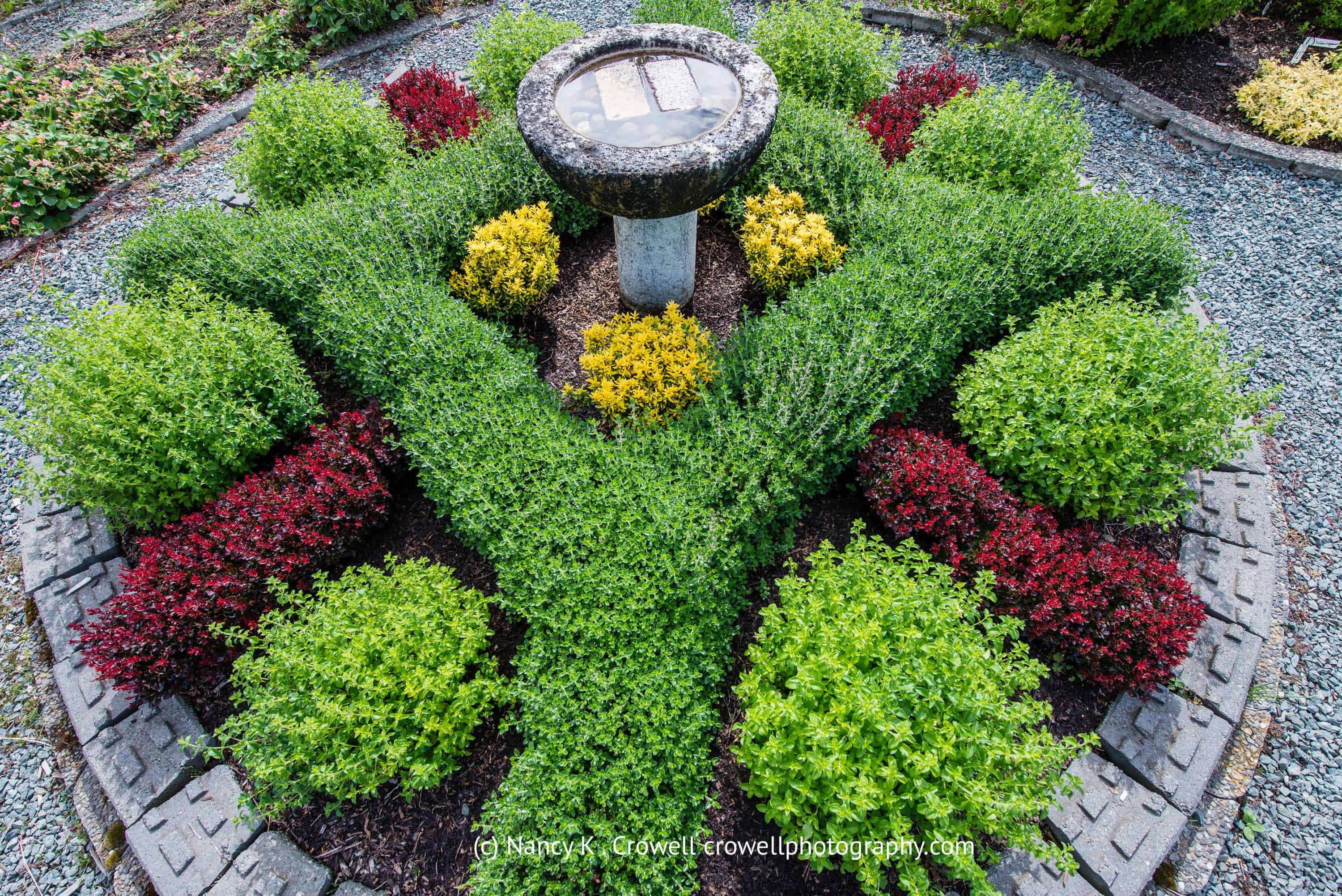
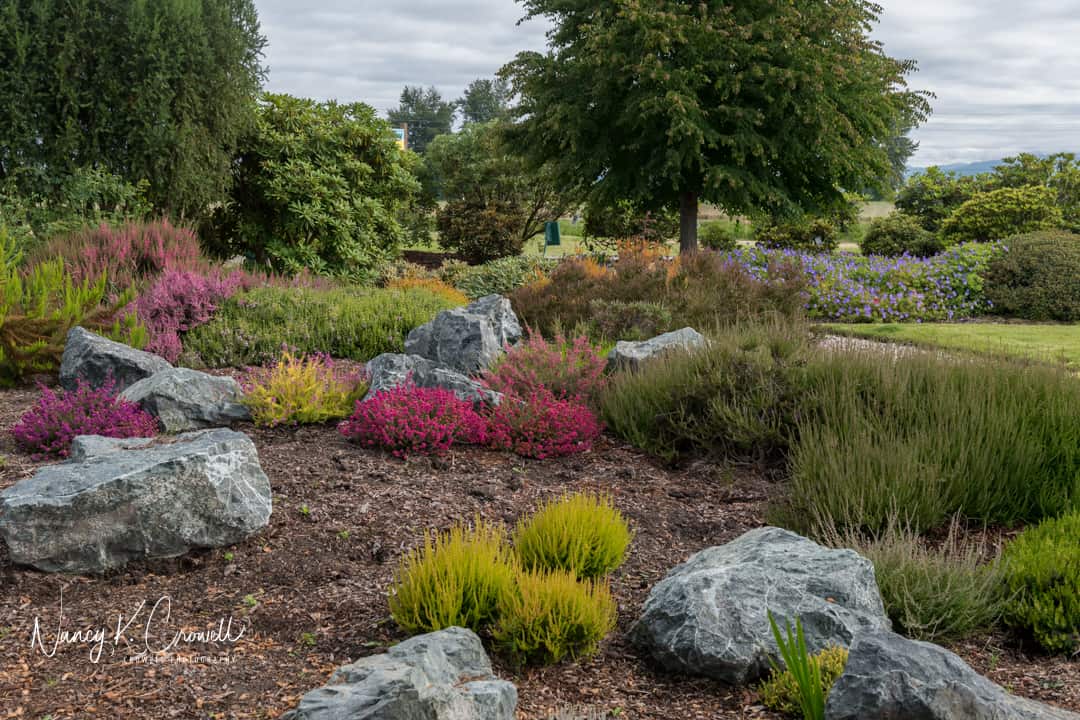
Ask a Master Gardener
 Skagit County WSU Extension Master Gardeners will be on-site to provide research-based solutions for your gardening challenges. Visit our Plant Clinic in the Pavilion for solutions to your plant problems or bring in a plant sample for identification. There will be a perennial plant sale. Bring your dull gardening tool to have it sharpened for free.
Skagit County WSU Extension Master Gardeners will be on-site to provide research-based solutions for your gardening challenges. Visit our Plant Clinic in the Pavilion for solutions to your plant problems or bring in a plant sample for identification. There will be a perennial plant sale. Bring your dull gardening tool to have it sharpened for free.
This year, master gardeners have crafted a special display on container gardening. Learn how to incorporate containers in your landscape or on your patio or balcony. Find out what you can grow and how to prepare the containers for success. There will also be information on planting media and using drip irrigation.
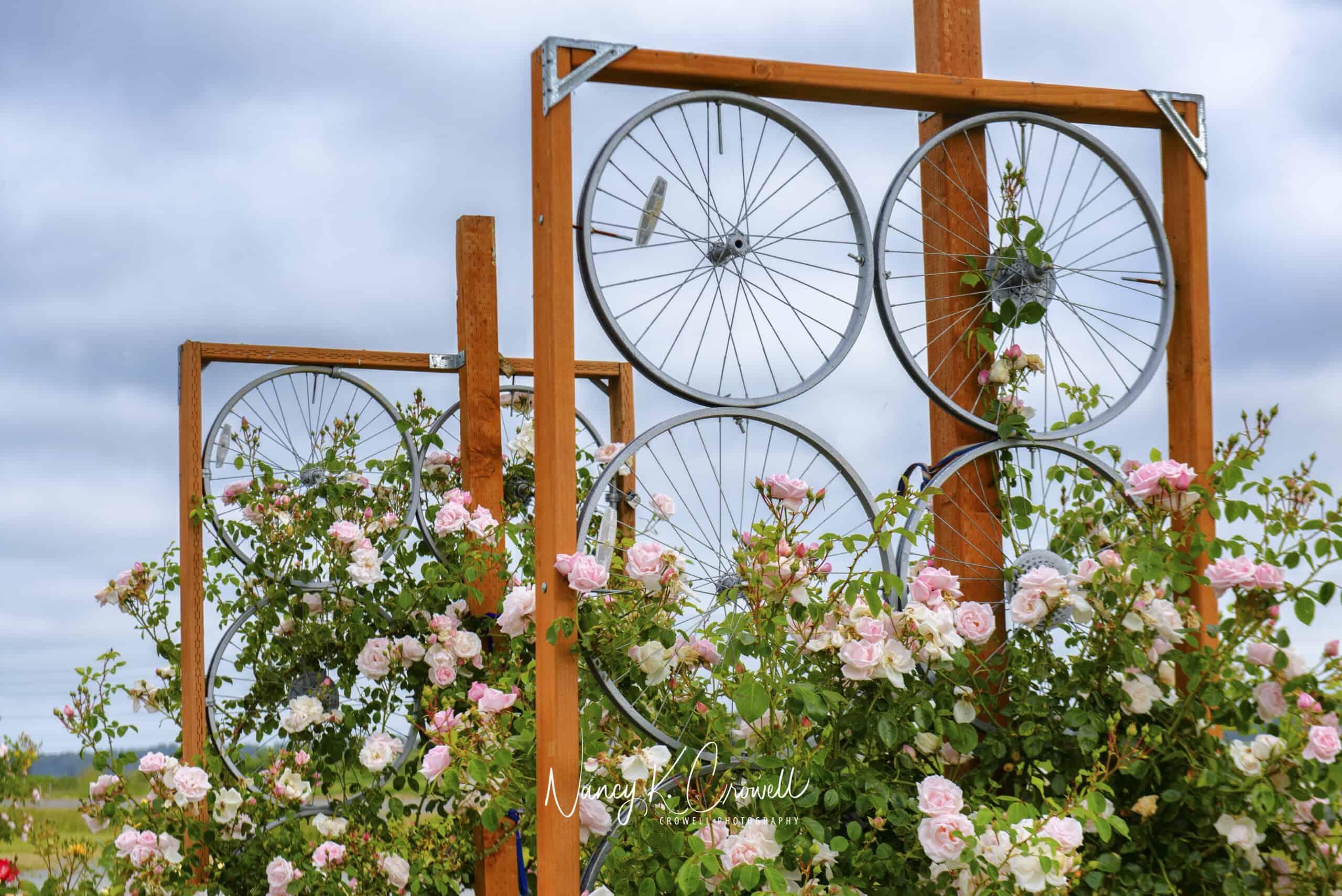
© Nancy Crowell Photography
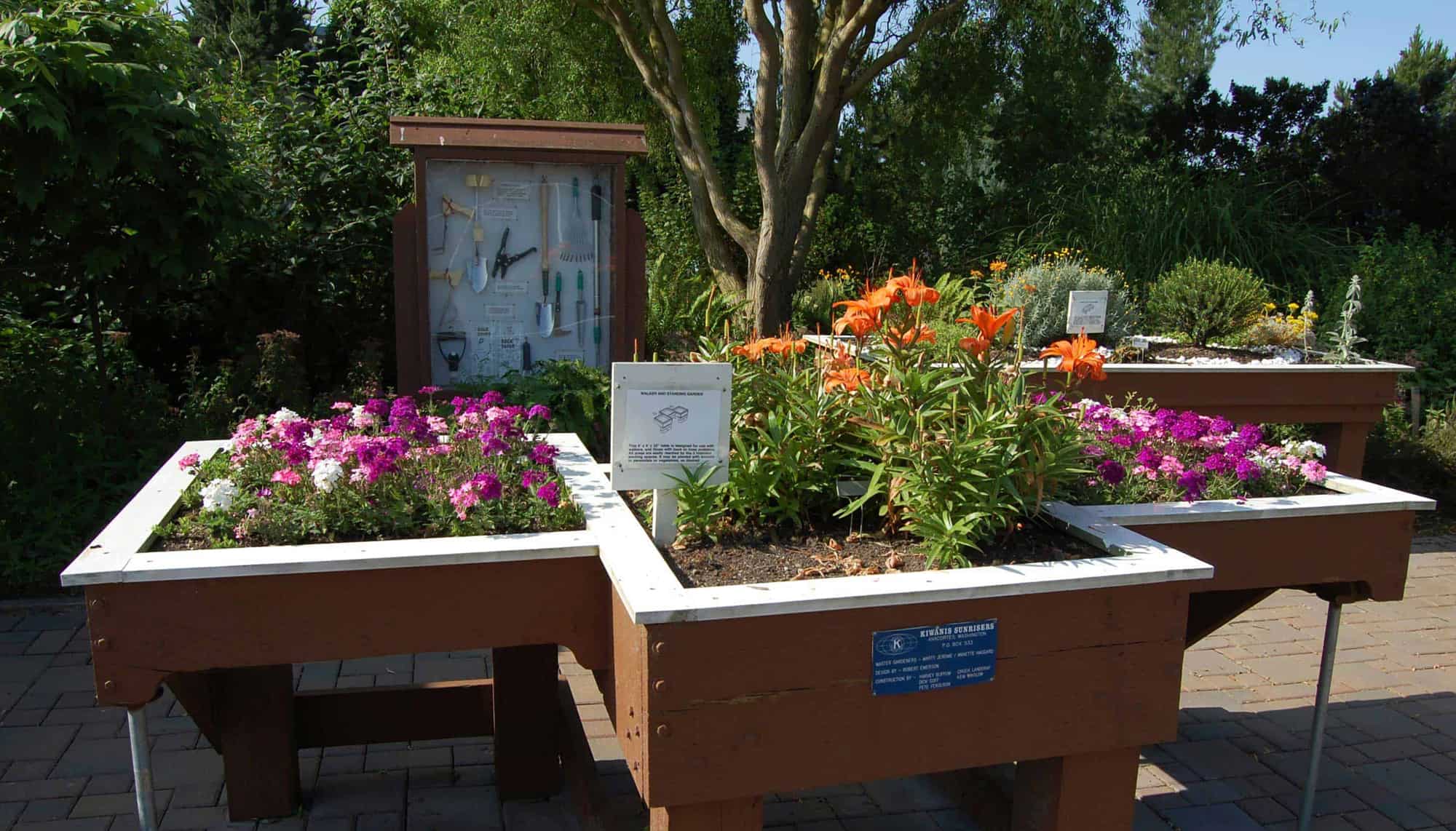
© Kay Torrance
The Discovery Garden
Skagit County WSU Extension Master Gardener Discovery Garden features 30 themed garden rooms on 1.5 acres with ADA-accessible paths and educational displays. Designed to support Skagit home gardeners by promoting research-based gardening practices, master gardeners have created 30 garden rooms within the garden, featuring hundreds of plants chosen to flourish in Skagit Valley. Master gardeners will be on hand to show you their favorite plants.
The Discovery Garden began in 1994 when the Skagit County WSU Extension Master Gardeners had a vision for a garden that would demonstrate best practices for gardening in the Skagit area. After two years of planning, the garden’s first plantings of trees and installation of fences was completed in the fall of 1996, transforming a rural agricultural field into a public display garden. Check out the garden’s webpage and browse the 30 garden rooms to find inspiration for your garden.
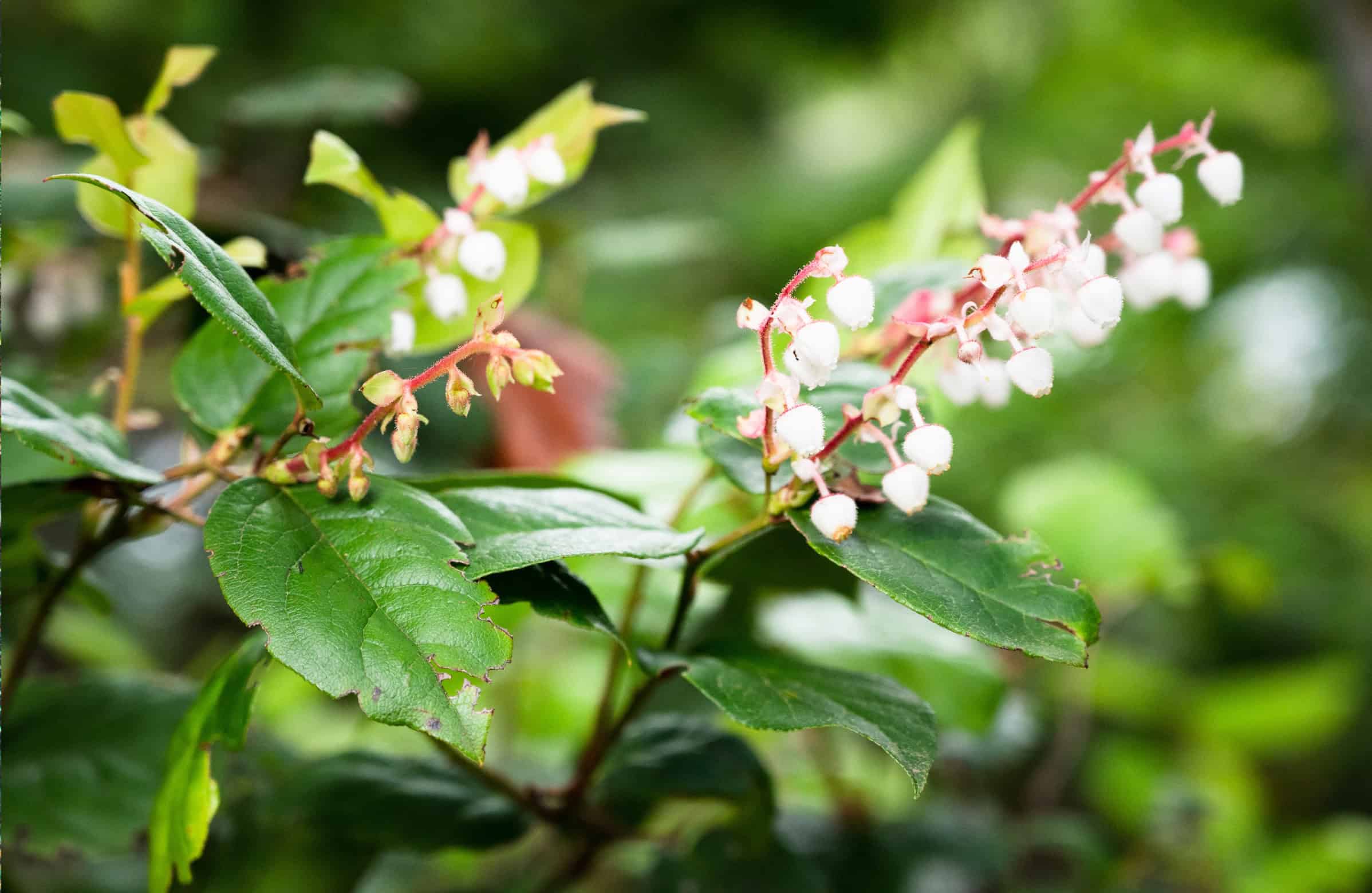
Salal Native Plant Garden
 The Salal Native Plant Garden is a half-acre oasis of native plants tucked behind the Discovery Garden. You can enter by walking through the Discovery Garden and following the paths to the south. Cool off in the shade and explore how you can incorporate low-maintenance natives into your home landscape. See how red osier dogwood, salal, cascara, vine maples, and others could look in your yard. Docents will be available for tours and to answer questions.
The Salal Native Plant Garden is a half-acre oasis of native plants tucked behind the Discovery Garden. You can enter by walking through the Discovery Garden and following the paths to the south. Cool off in the shade and explore how you can incorporate low-maintenance natives into your home landscape. See how red osier dogwood, salal, cascara, vine maples, and others could look in your yard. Docents will be available for tours and to answer questions.
The Salal Native Plant Garden was created twenty-five years ago as a collaborative effort between volunteers of the Salal Chapter of the Washington Native Plant Society and the Washington State University Agriculture Extension Agency at Mount Vernon (WSU).
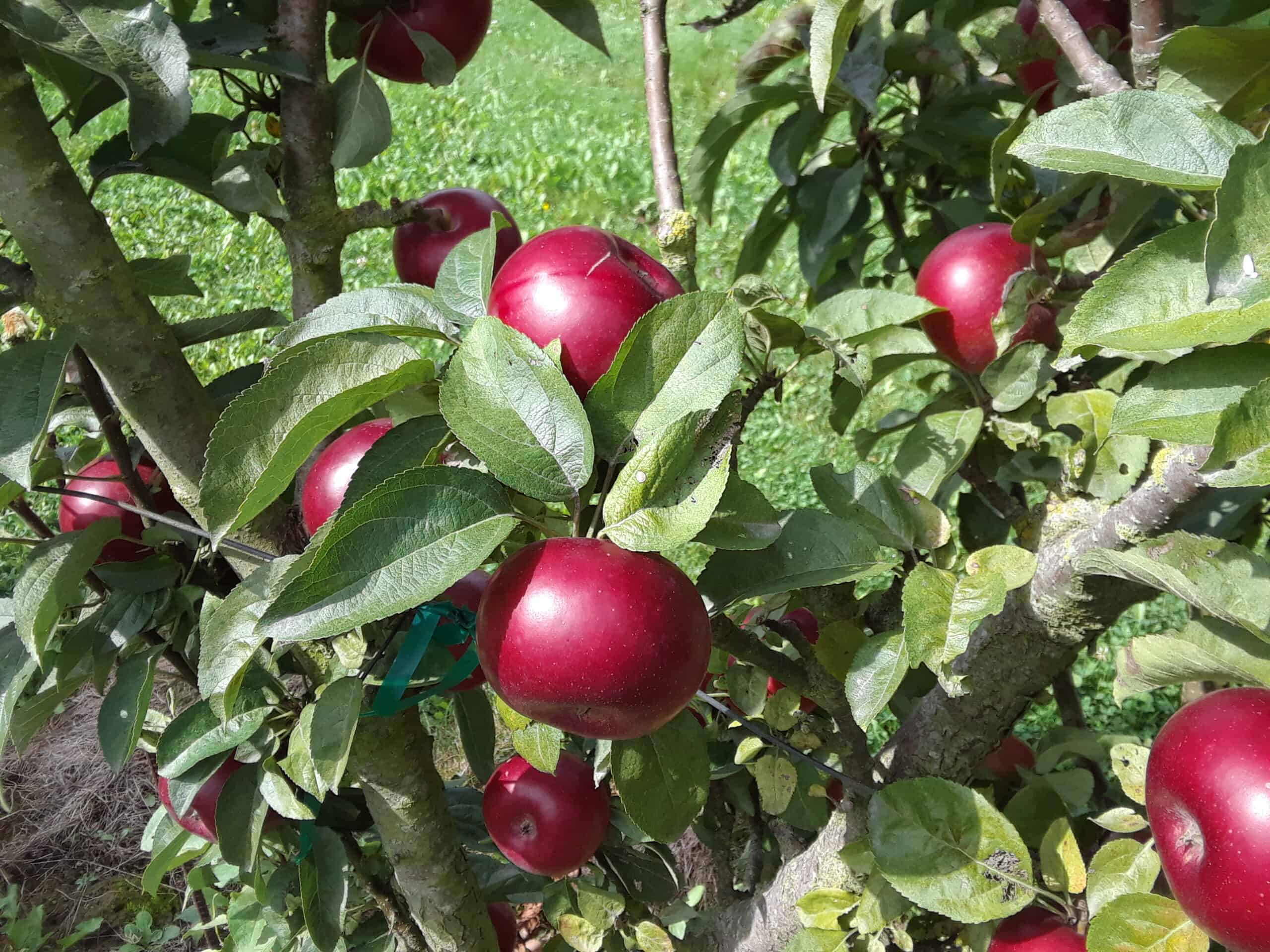
NW Fruit Garden
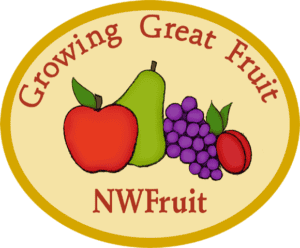 The NW Fruit Garden (formerly WWFRF) is six-acres planted with fruit trees, berry bushes, and other fruit-bearing plants suited for our climate, along with espaliers and informative signage. Tour the Antique Apple Collection in the orchard’s inner oval or tour the entire orchard. Ask about pruning and thinning of fruit. Find out what fruit varieties are best for your needs. The garden includes many unusual plants, such as medlar, sea buckthorn, kiwi, Aronia, and haskaps.
The NW Fruit Garden (formerly WWFRF) is six-acres planted with fruit trees, berry bushes, and other fruit-bearing plants suited for our climate, along with espaliers and informative signage. Tour the Antique Apple Collection in the orchard’s inner oval or tour the entire orchard. Ask about pruning and thinning of fruit. Find out what fruit varieties are best for your needs. The garden includes many unusual plants, such as medlar, sea buckthorn, kiwi, Aronia, and haskaps.
The NW Fruit Garden is located on the west side of the Discovery Garden. The garden was initiated in 1991 to provide a resource for the public to view successful fruit varieties and cultural methods for our Pacific maritime climate. Whether you are choosing two or three fruit tree varieties for a small urban backyard or have a more extensive orchard for family or even farmers-market production, NW Fruit has information on variety selection and fruit culture for the Pacific Northwest.
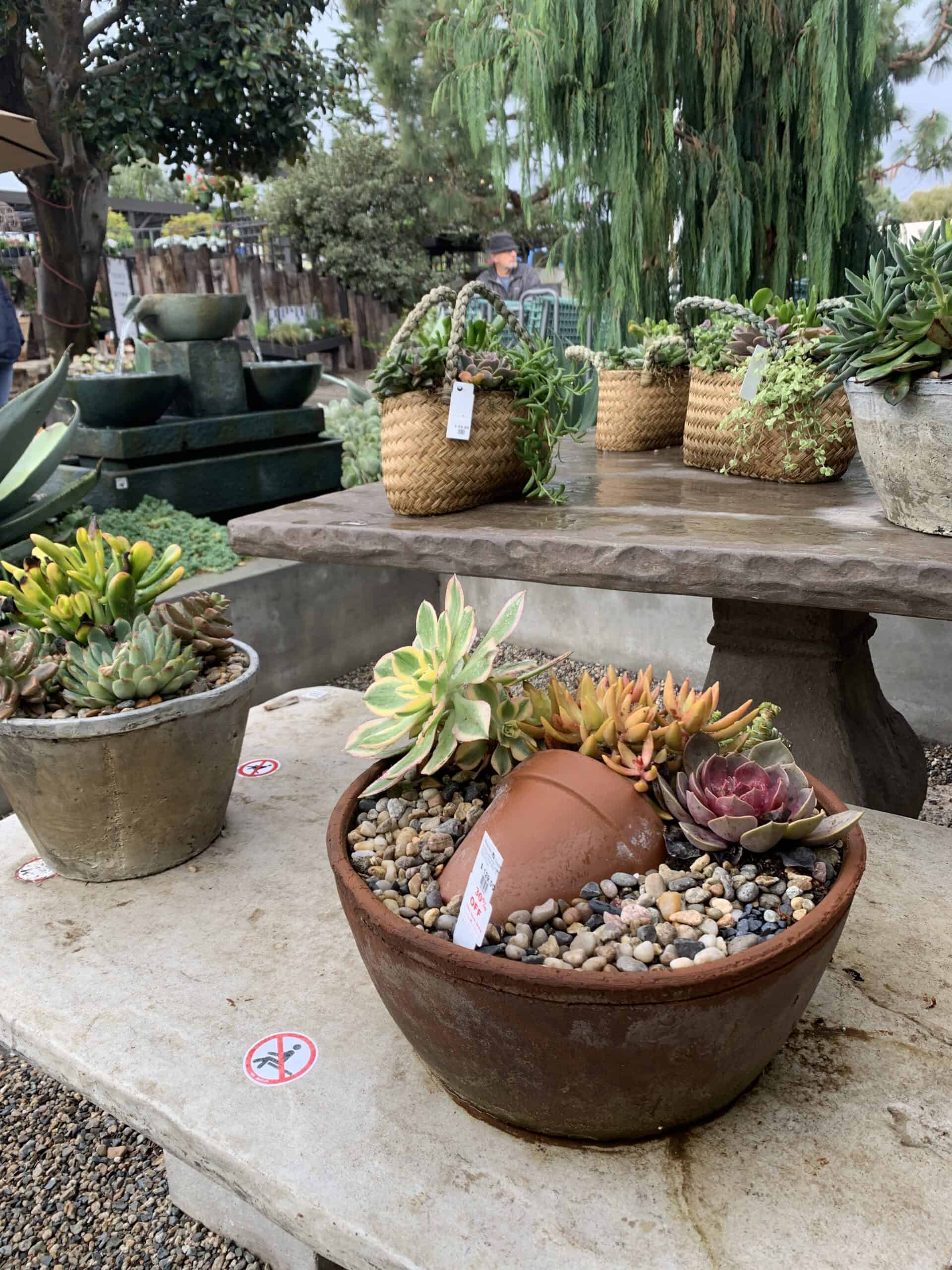
Master gardeners are focusing on container gardening at this year’s Open House. Check out the options and growing media recipes. © Ginny Bode
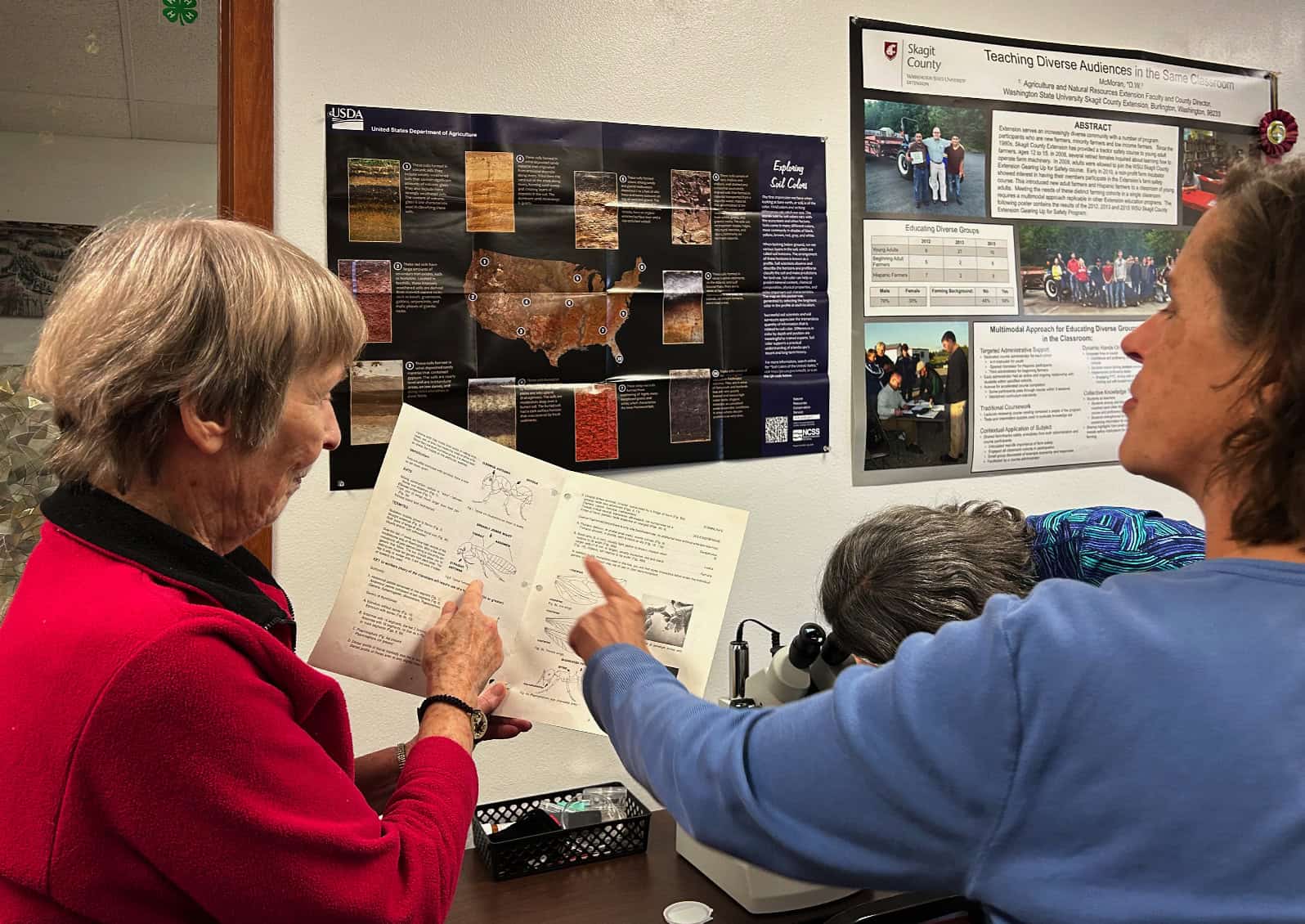
Plant Clinic experts will be on hand to answer questions and diagnose your gardening issues. © Ginny Bode
If you can’t make the Open House, all three gardens are open and free to the public seven days a week from dawn to dusk. Visit the gardens throughout the year to view the seasonal changes. Signage in each garden identifies plants and makes for interesting and educational self-guided tours.
RESOURCES:
- Discover the Display Gardens website
- Skagit County WSU Extension Master Gardener website
- Salal Native Plant Garden website
- NW Fruit (Western Washington Fruit Research Foundation website
ABOUT THE AUTHORS :
Kay Torrance and Janine Wentworth are Skagit County WSU Extension Master Gardeners and part of the Planning Committee for the annual Open House.
Questions about home gardening or becoming a master gardener may be directed to: Skagit County WSU Extension Office, 11768 Westar Lane, Suite A, Burlington, WA 98233; by phone: 360-428-4270; or via the website: www.skagit.wsu.edu/mg
Mark your calendar for these upcoming master gardener events:
Skagit County Fair
Thursday ~ Sunday, August 8-11, 2024
Skagit County Fairgrounds
Building D
(map)
Visit our booth, see our displays, and talk with master gardeners about how to make your garden beautiful and productive.
Know & Grow Lecture Series
Season Extenders
Presented by Hallie Kintner
Tuesday, August 20, 2024 ~ 1 p.m.
Free Admission
NWREC Sakuma Auditorium
16650 State Route 536, Mount Vernon
A Second Act for Your Square 1-Gallon Pots at the Discovery Garden!
Bring your leftover square 1-gallon pots to the Discovery Garden (16650 State Route 536, Mount Vernon). The bin for recycling the square 1-gal pots is located in the parking lot, just north (to the right) of the main entrance.
We only need square 1-gallon pots like the ones pictured below (bottom right). The recycling bin will be available now through fall. Simply put your pots into the bin, and we take care of the rest!
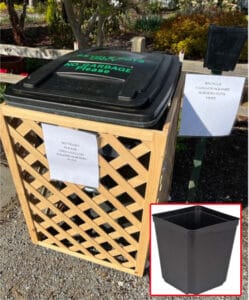
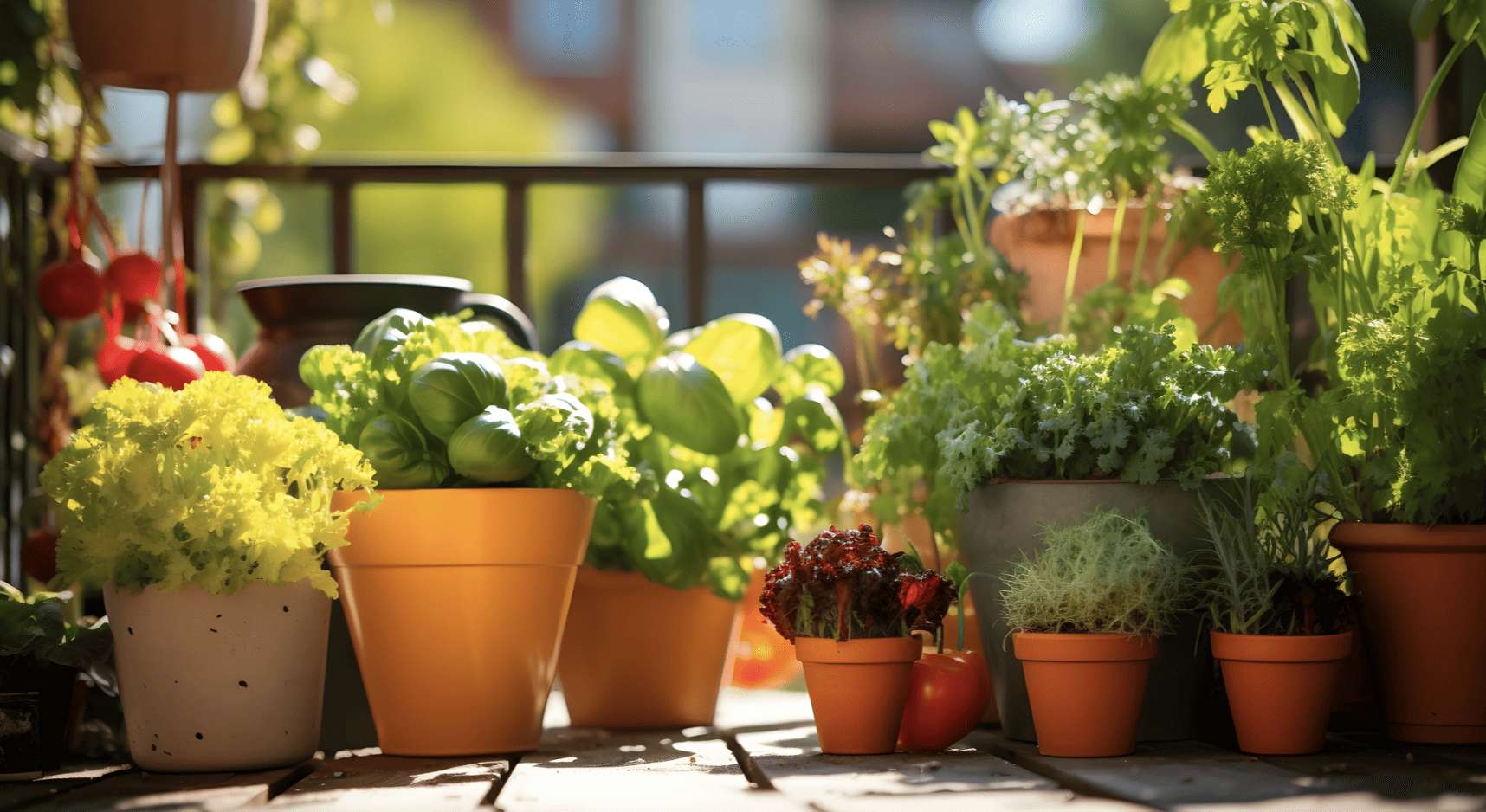

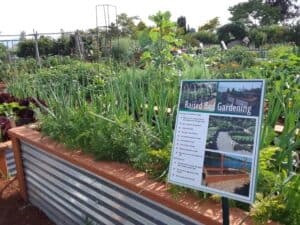
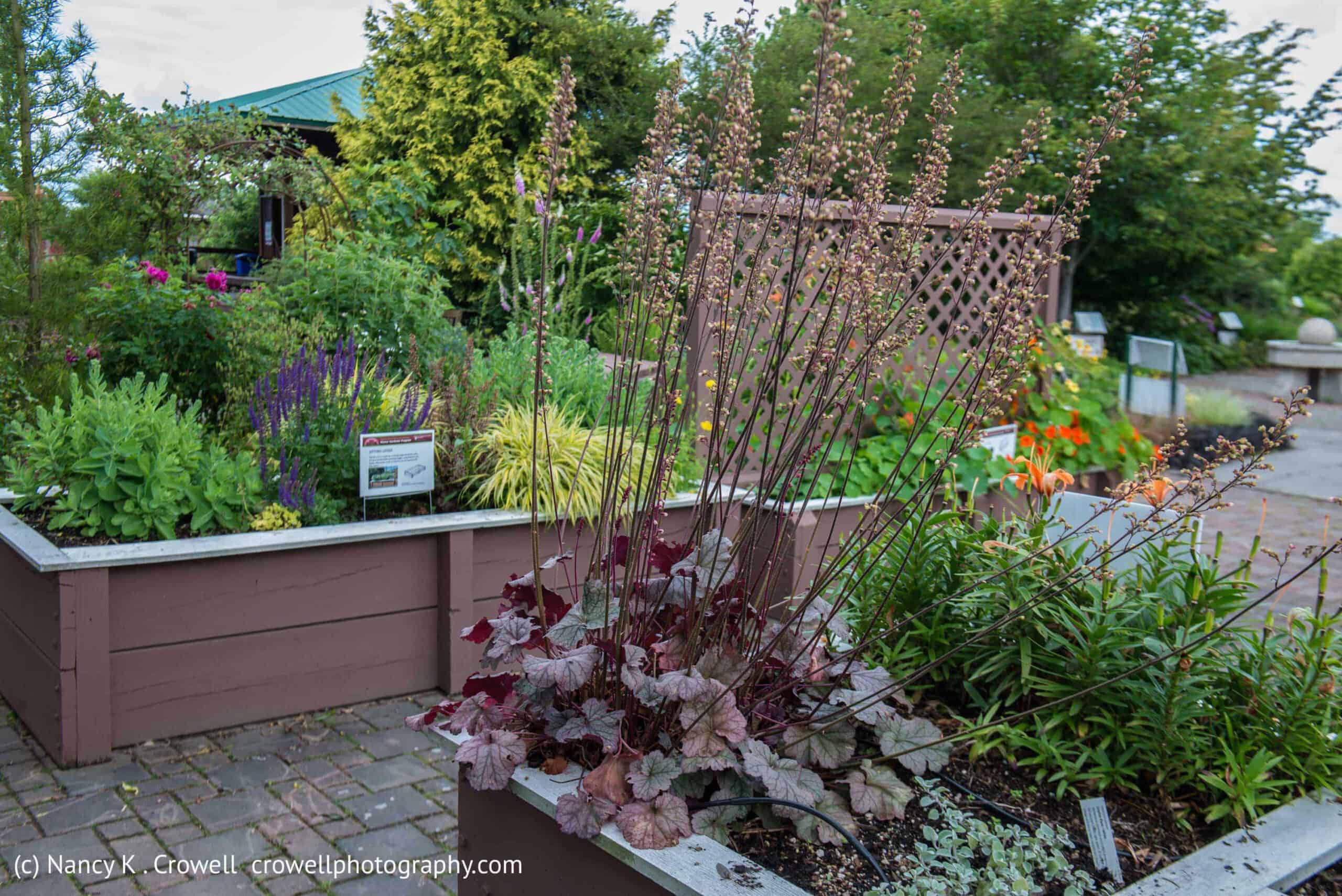

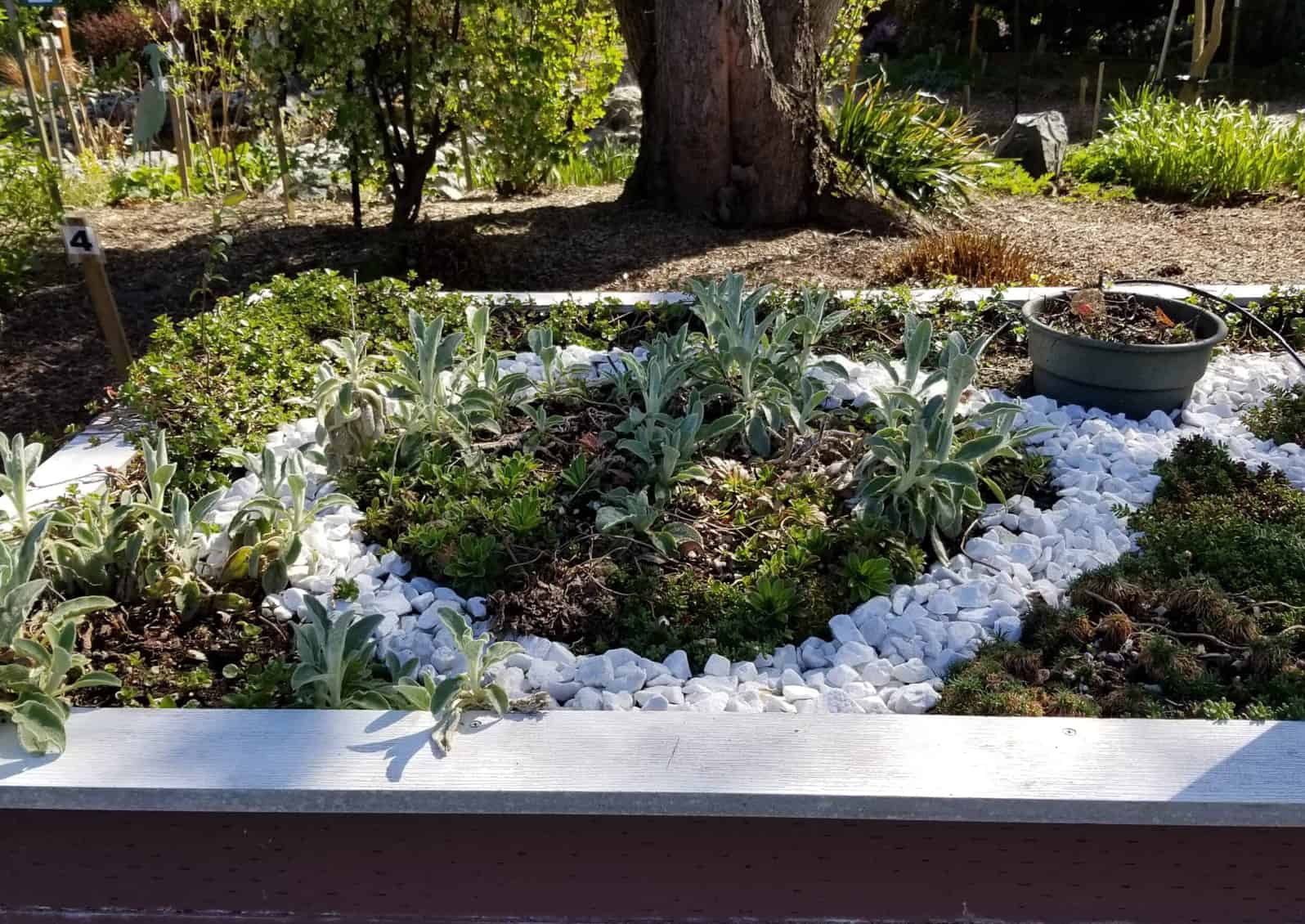
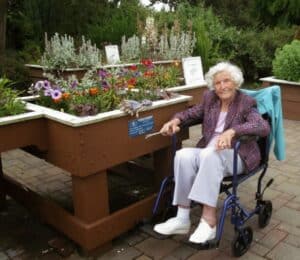



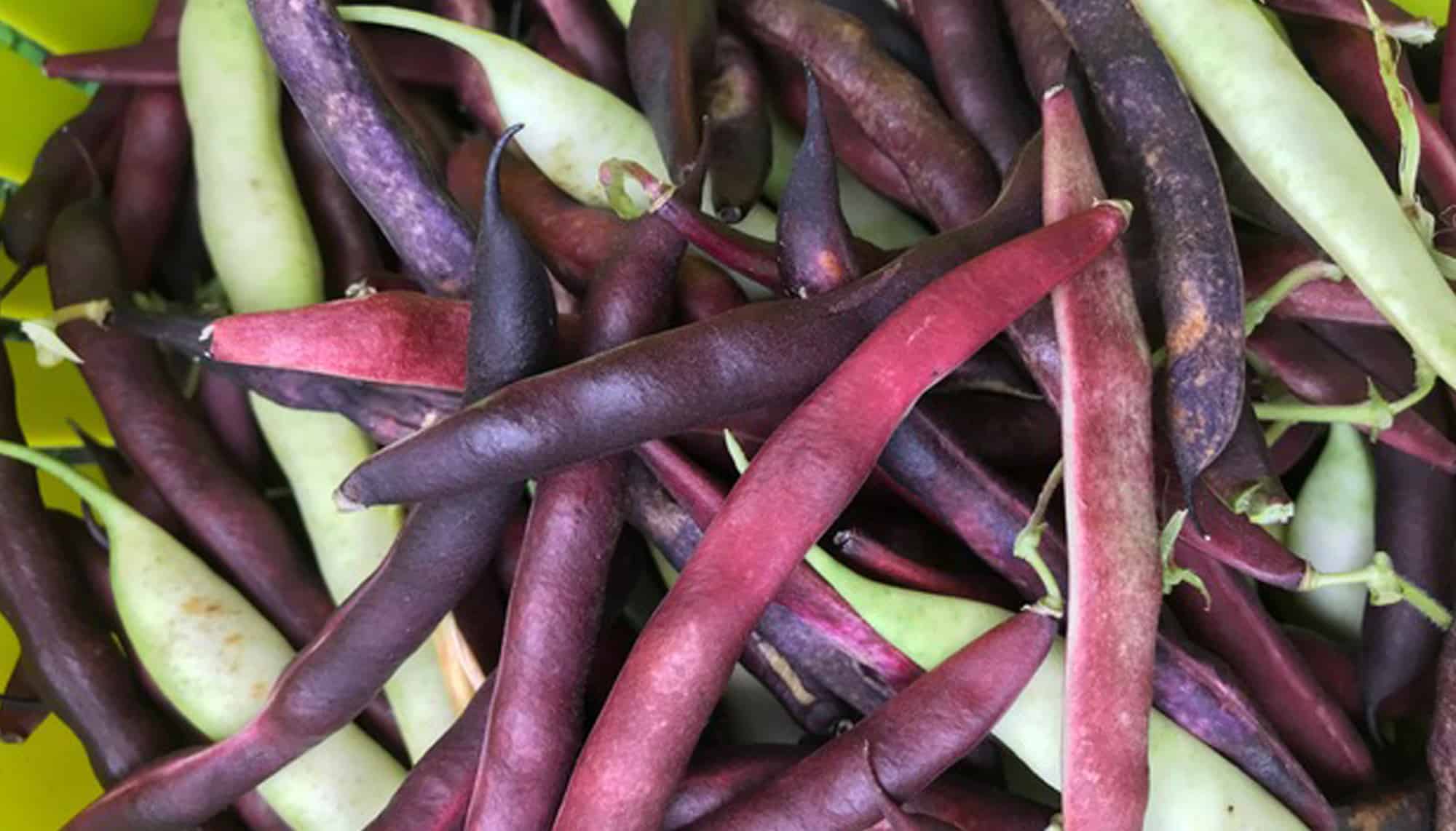
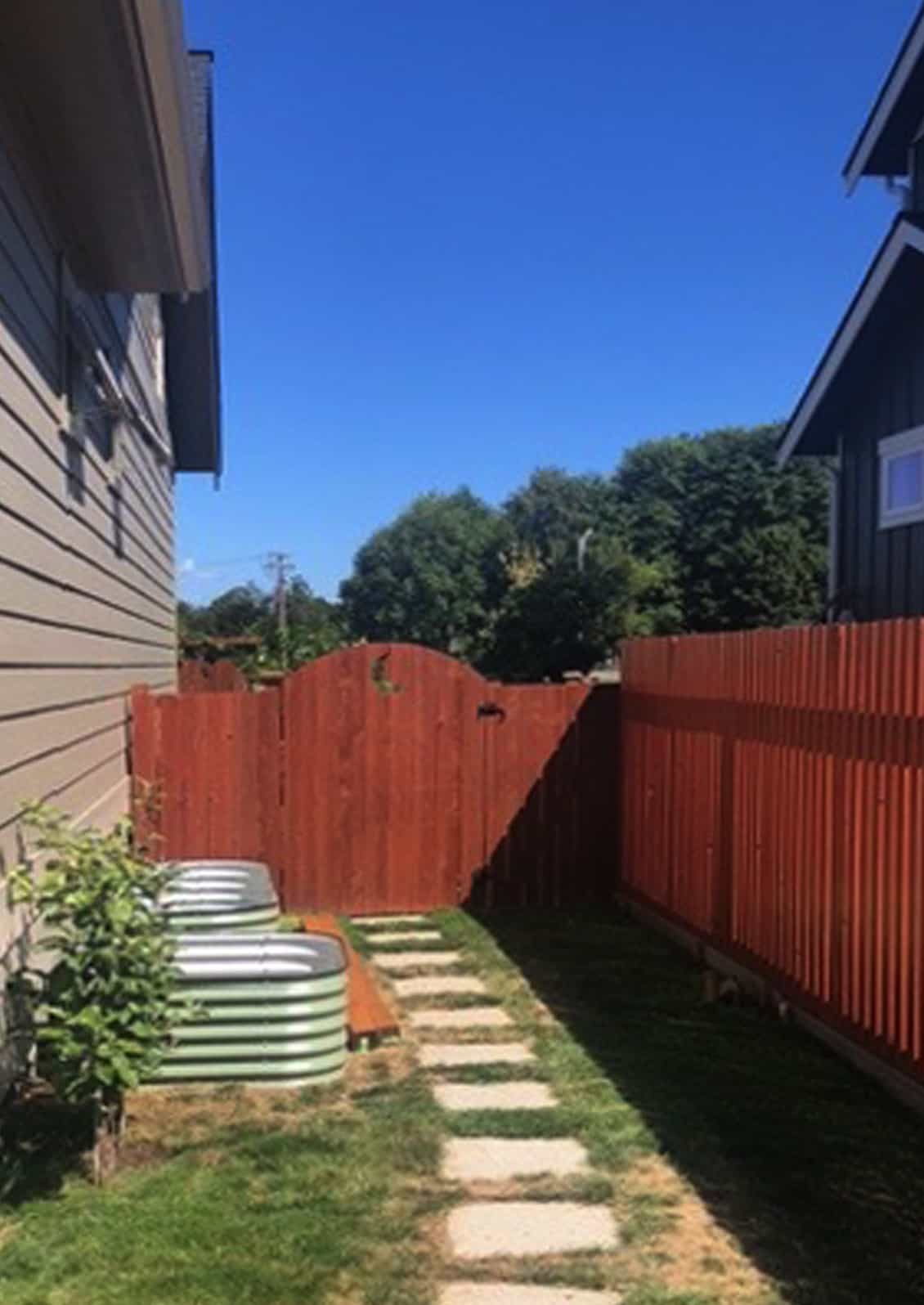
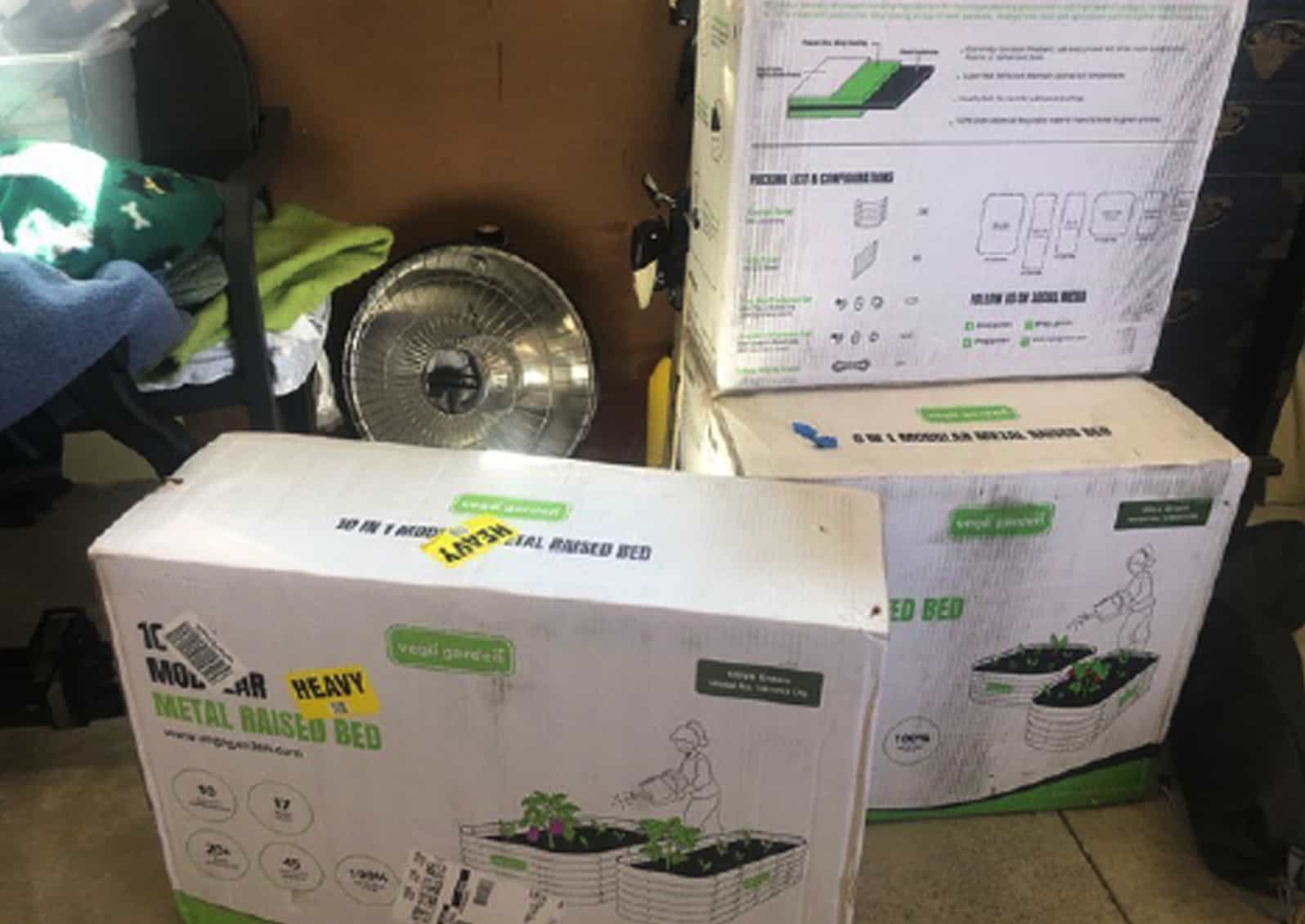
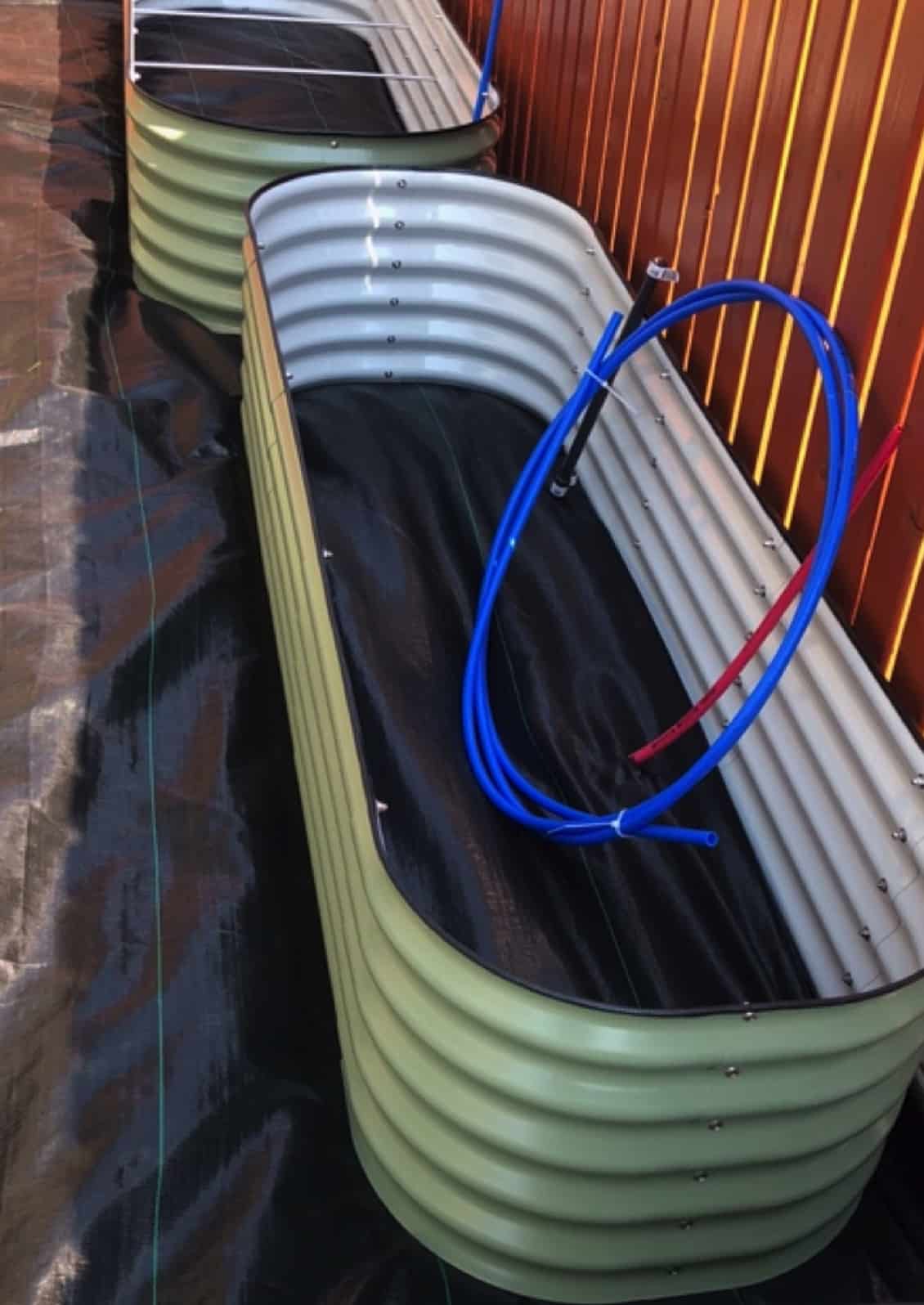
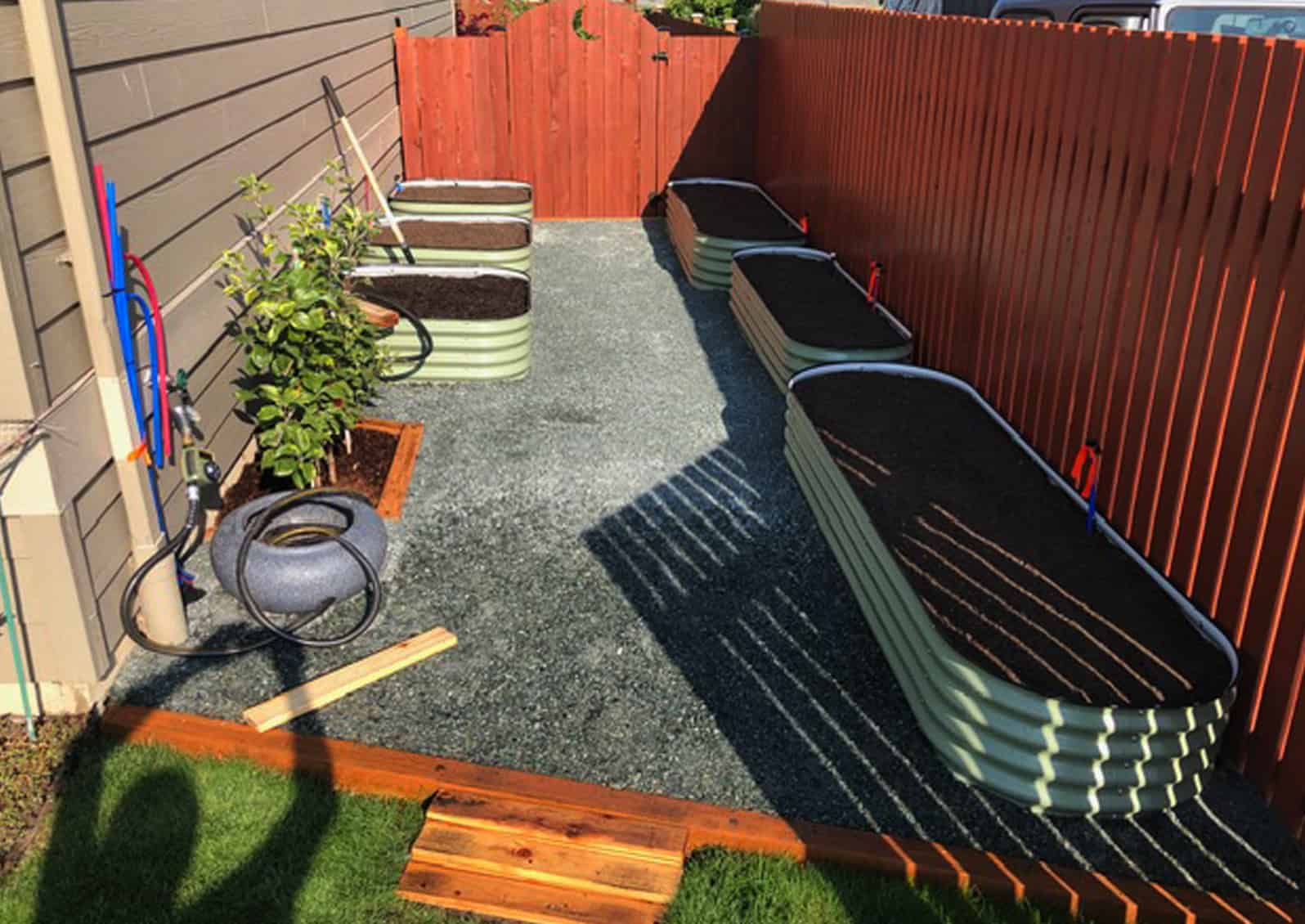
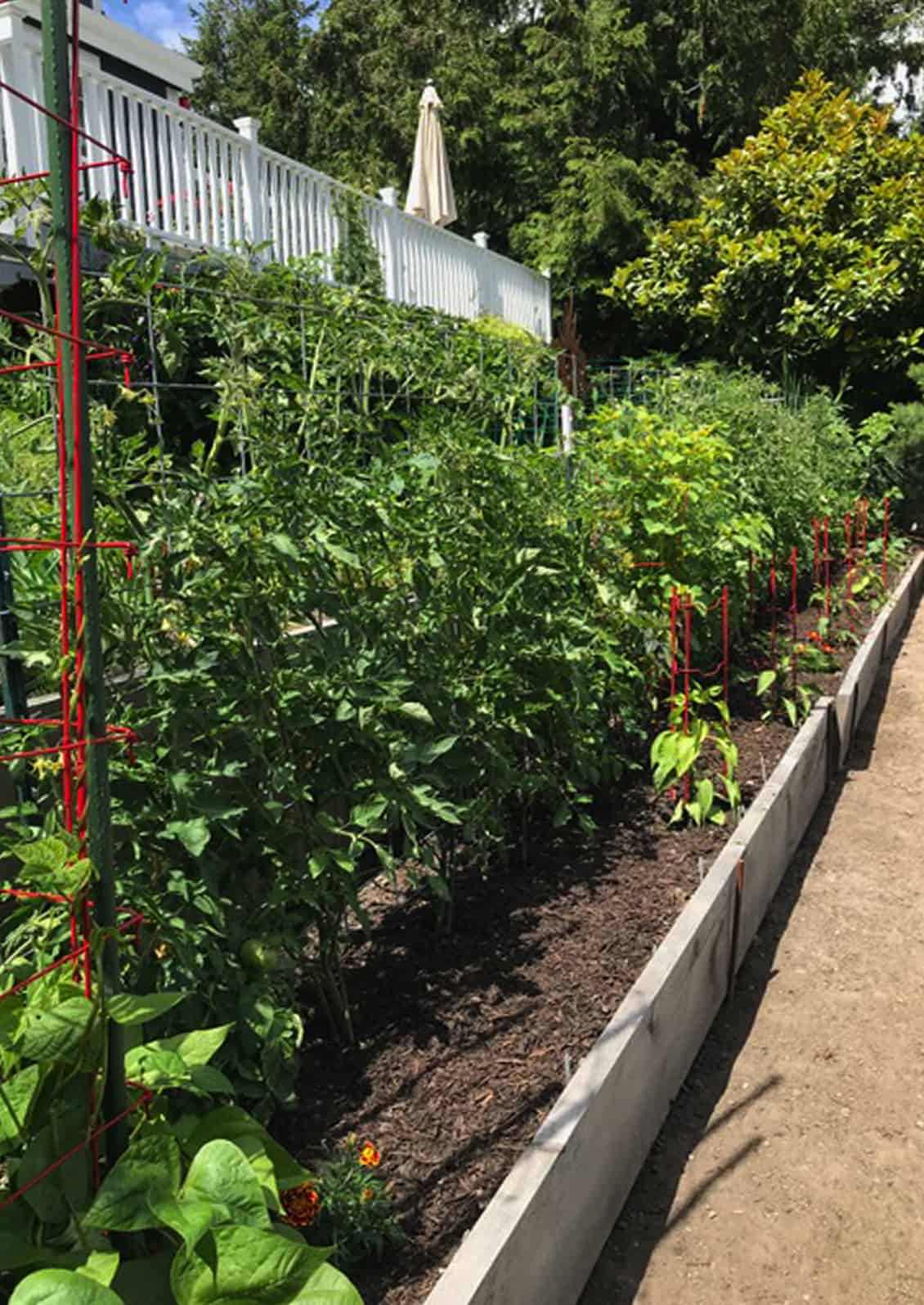
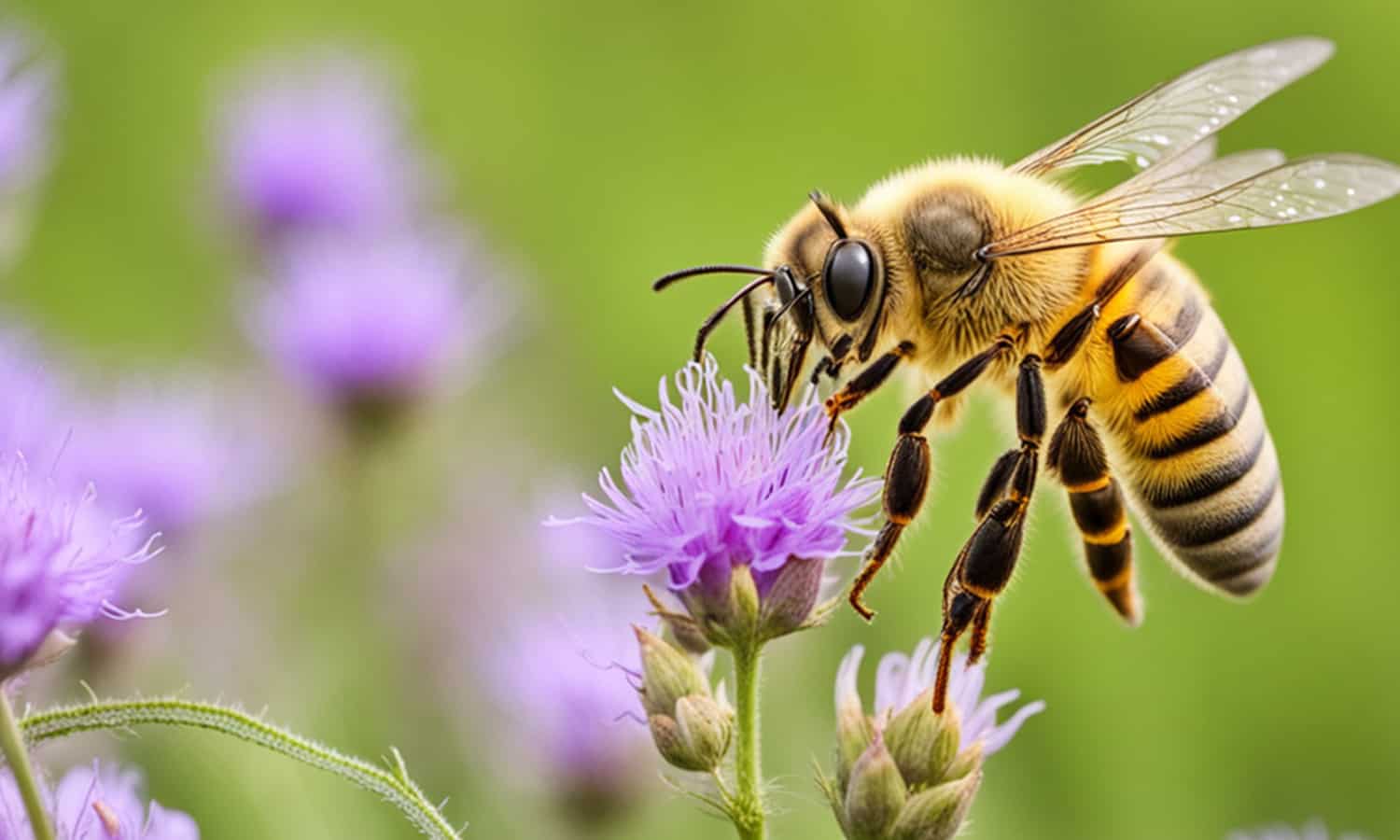


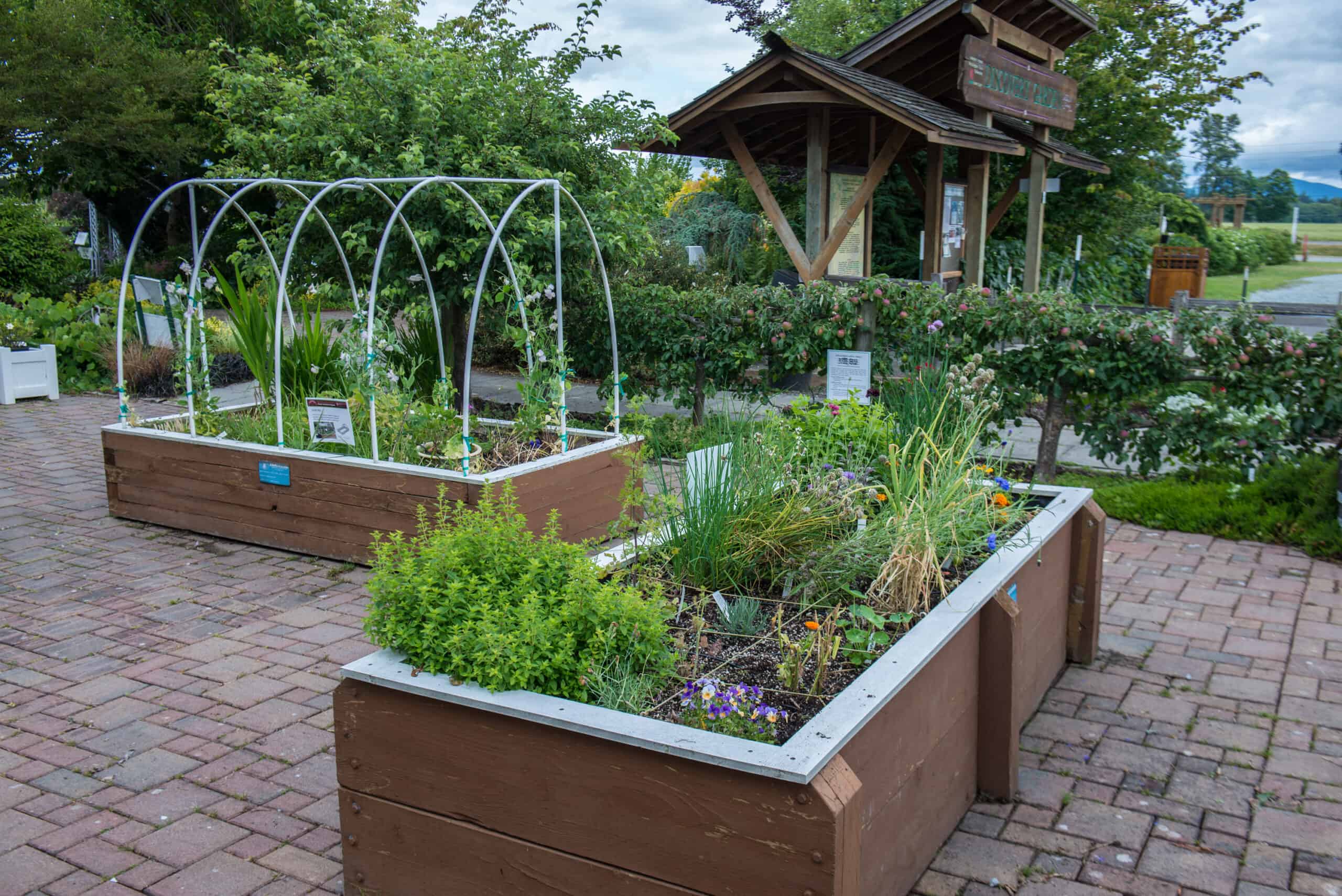

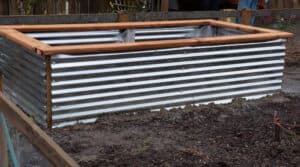
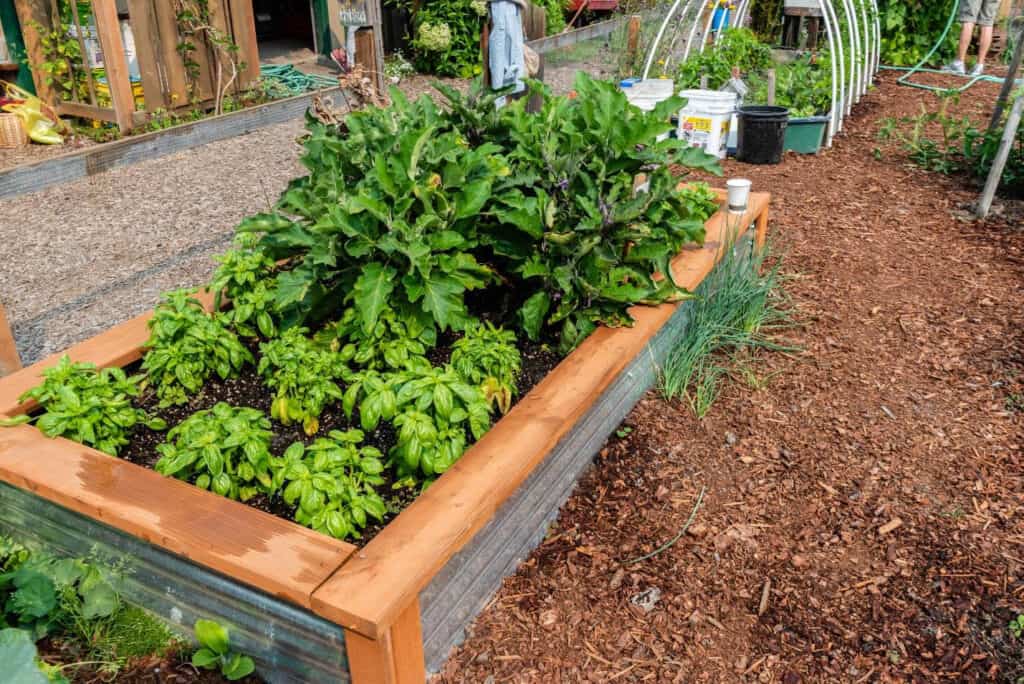
 ABOUT THE AUTHOR:
ABOUT THE AUTHOR: